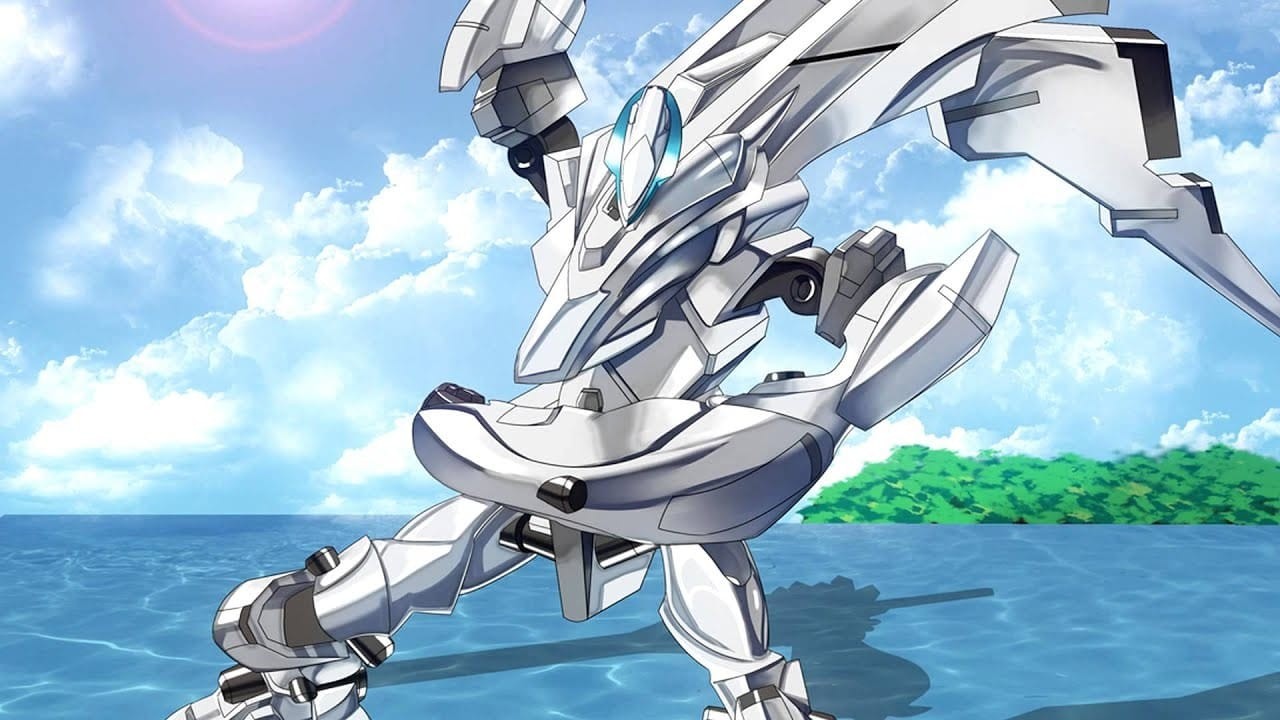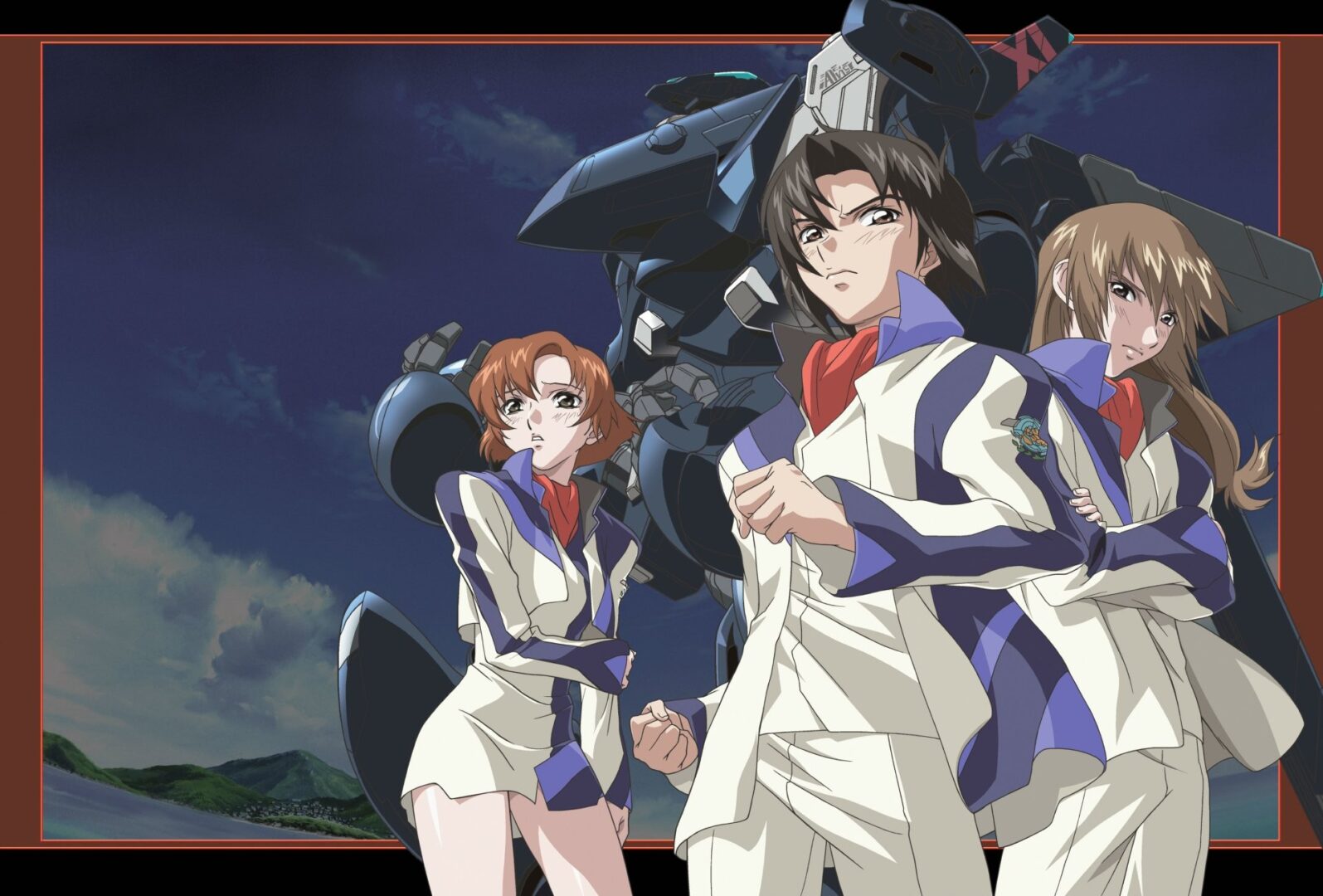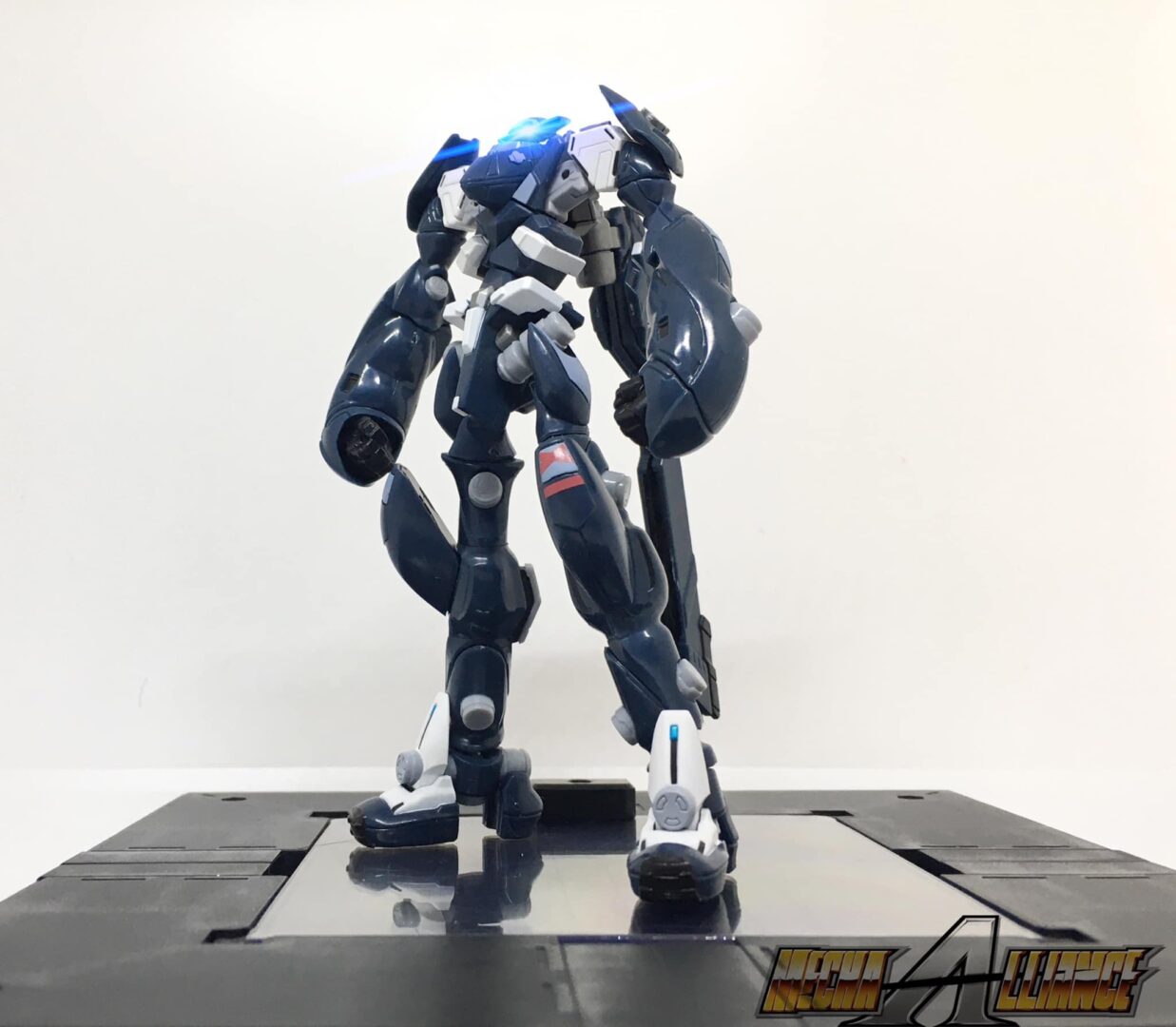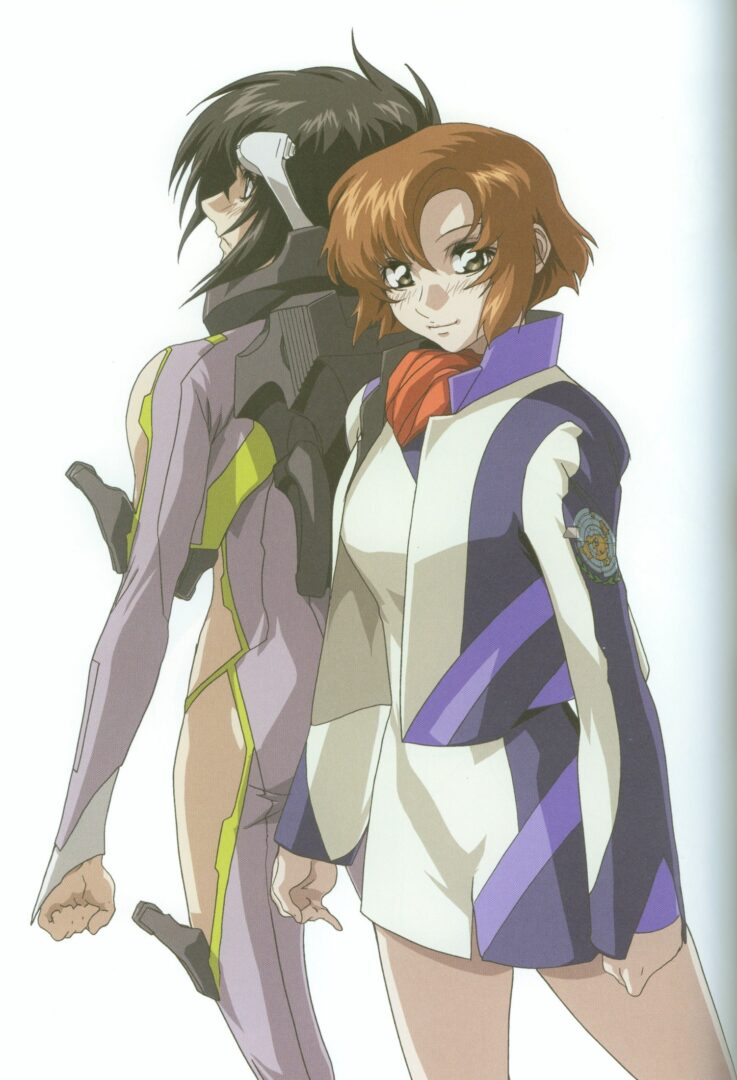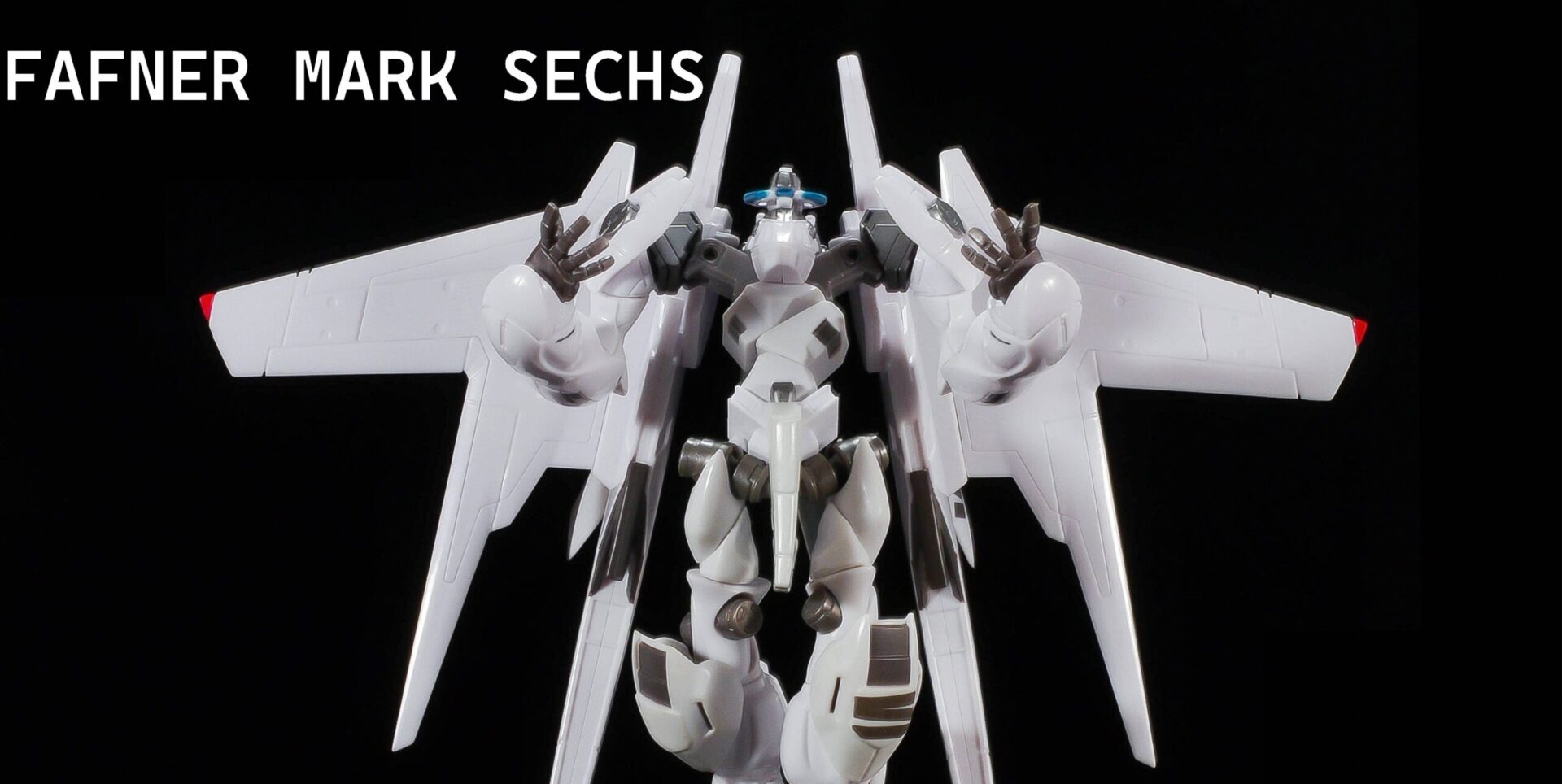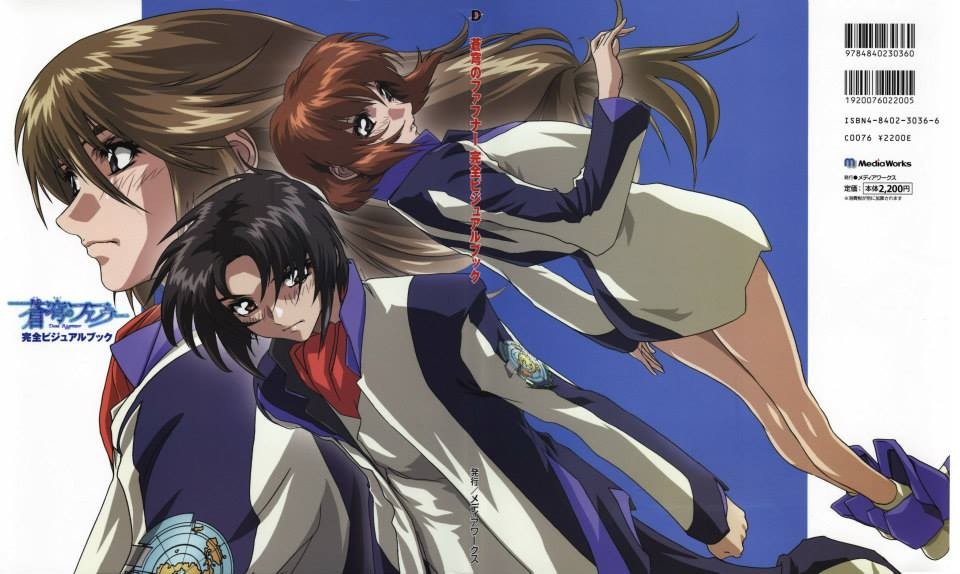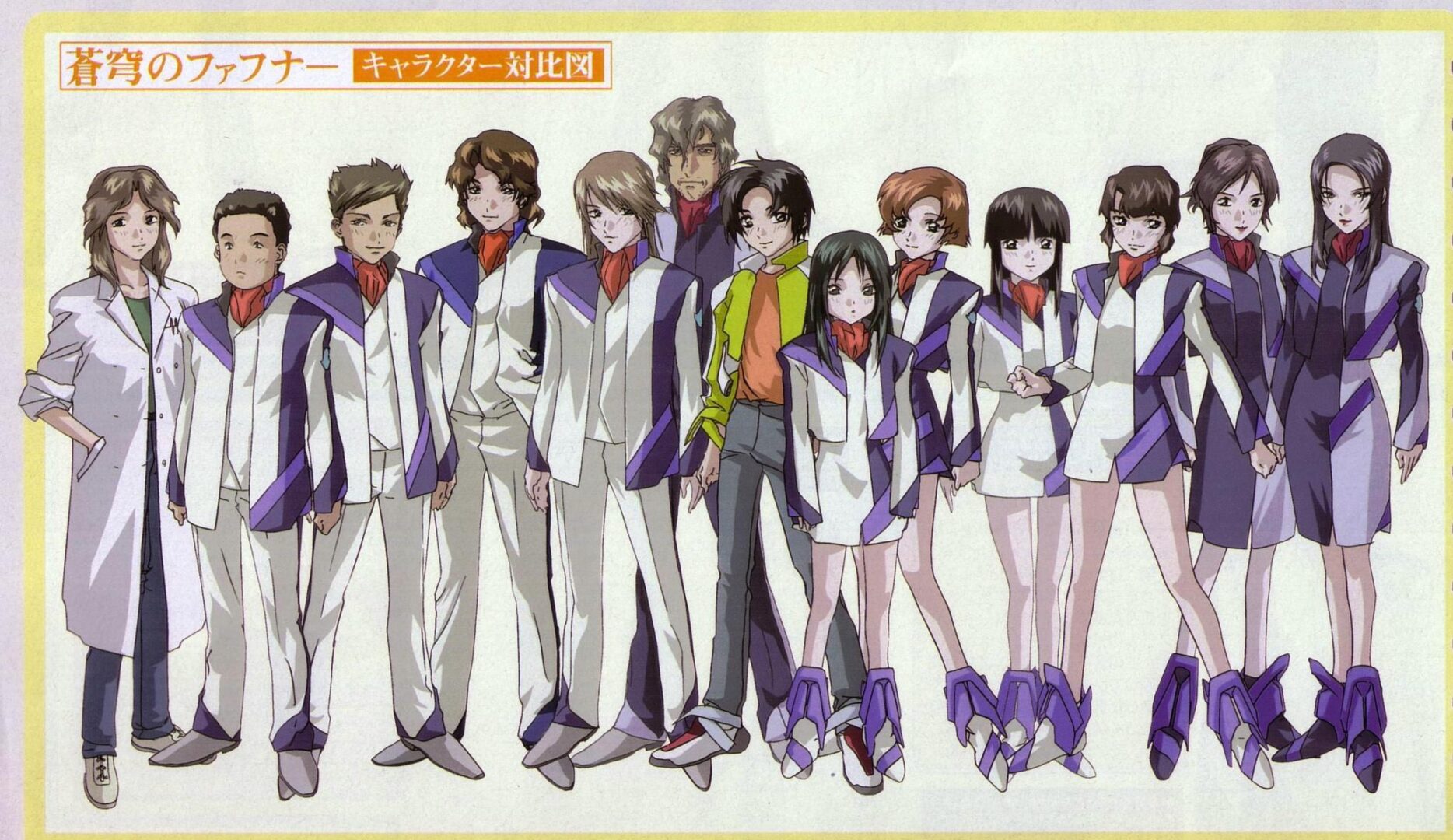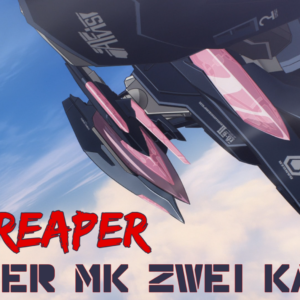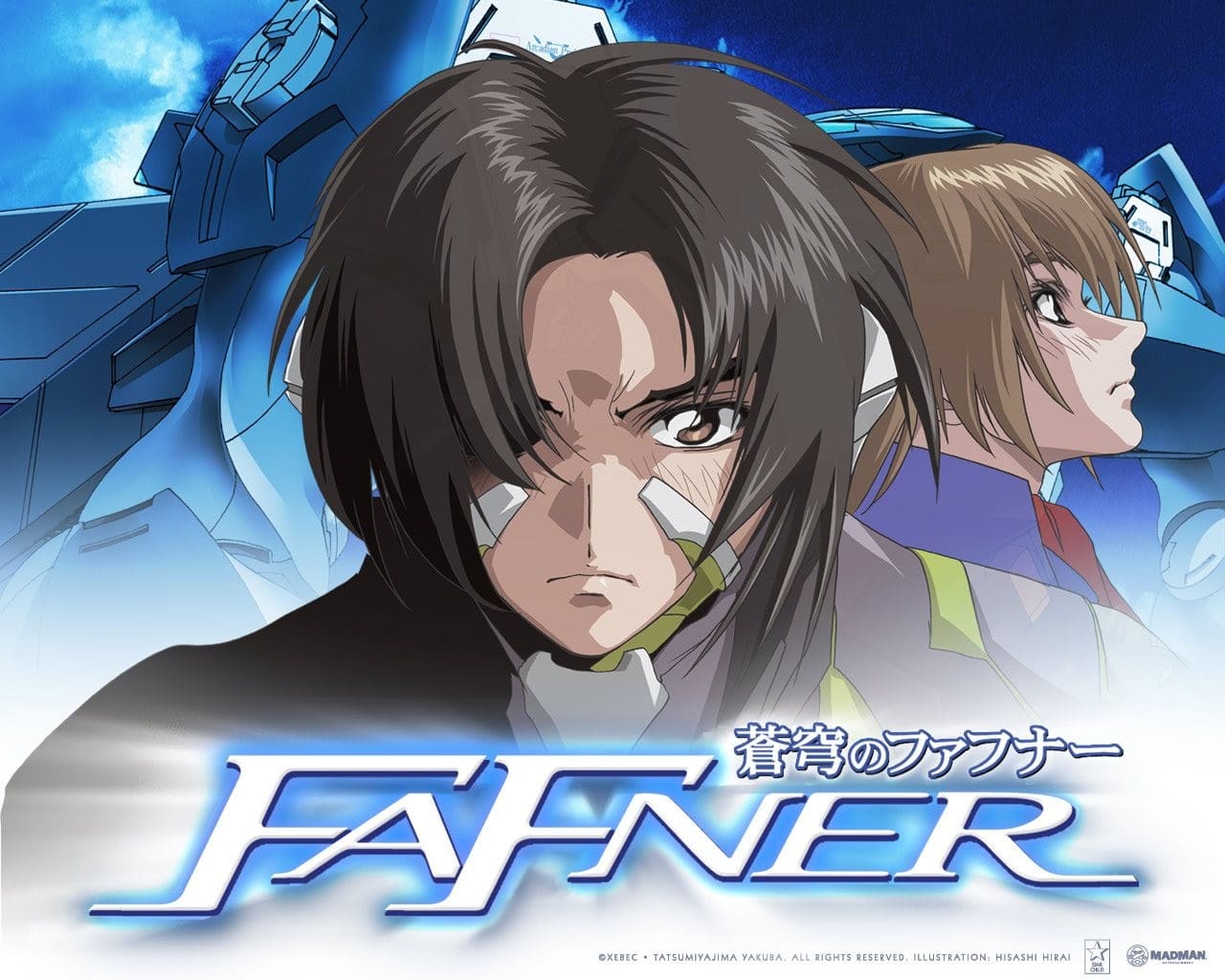
Anime Review: Soukyuu no Fafner: Dead Aggressor – Truth of the Azure Sky
Anata wa Soko ni Imasu ka?
Fafner in the Azure is a mecha series with a cult following, both in Japan and International. As the series isn’t really the most popular outside of its fandom, but it gets mentioned once in a while along with all the Seed 2.0 meme (which is getting really repetitive by the way). Nevertheless, Fafner has evolved a lot from its original Xebec hand-drawn animation days and turned into a series that impress the viewers both visually and emotionally.
The first season – Dead Aggressor – was released in 2004 and garnered a lot of mixed reviews. But the general consensus is that the first half of the series was badly paced and the story was a bit all over the place. It is only after Tow Ubutaka took over the script from episode 16 that the series got better. And years later, he continued making Heaven and Earth – a sequel of the first season that really brought Fafner to new heights. Even so, the first season isn’t just “a bad start” – it’s a decent start that sort of act as a filter. Only after you get through Dead Aggressor will you appreciate what comes after, and in turn appreciate Dead Aggressor retrospectively even more. One can say that to enjoy Fafner to the fullest, you’d have to sit through all of them.
The first season – Dead Aggressor – was released in 2004 and garnered a lot of mixed reviews. But the general consensus is that the first half of the series was badly paced and the story was a bit all over the place. It is only after Tow Ubutaka took over the script from episode 16 that the series got better. And years later, he continued making Heaven and Earth – a sequel of the first season that really brought Fafner to new heights. Even so, the first season isn’t just “a bad start” – it’s a decent start that sort of act as a filter. Only after you get through Dead Aggressor will you appreciate what comes after, and in turn appreciate Dead Aggressor retrospectively even more. One can say that to enjoy Fafner to the fullest, you’d have to sit through all of them.
Fafner’s setting is quite a unique one, that if the viewers were experiencing it, you’d be vertigo’d to death. The series follow the struggle for normalcy as well as victory in a war against godlike aliens. The Island of Tatsumiya is one of the last bastion of humanity in an apocalyptic world. They – like what’s little left of humanity – is fighting against the golden alien known as the Festum – beings that can read minds and turn anyone crazy then into crystal bits. They are almost impervious to conventional weaponries and can only be fought using giant mechas known as Fafners. Incidentally, they can only be pilot by certain people – teenagers with an affinity to them. And so the children of everyone on the island are thrusted into a deadly war that they never know when they’ll die.
However, the series also depict the opposite side of the war – the attempt to keep a sense of normalcy on the island. Every personnel of Alvis – the organization that fought against the Festum to liberate humanity – hold a “normal” mundane job – store owners, teachers, fishermen, etc… Everyday when they aren’t in the command center or fighting in the Fafners, every residents enjoy daily life like the Festum threat is off in another planet. The Fafner pilots – kids in their teens – go to school and enjoy activities just like when the Earth was normal. This aspect really makes Fafner unique amongst mecha or even anime in general. The insane contrast between standing at death’s door and a peaceful life – however false it is – is a jarring justaposition that really struck hard when the series reach its emotional climaxes. Other mecha series will either depict ongoing conflicts with brief recesses in-between or monster of the week format where the threats are always present and the personnel involved are always training or fighting. But in Fafner, the Festum and their daily lives are intertwined – they fight so they can keep their peaceful lives and their blue sky, but they also enjoy their simple life because they know it’s the only thing that can help them fight.
Even though the overall pacing of the series is a bit inconsistent, the series never failed to show the heartwarming as well as the heart-rending scenes. After each battles, after each lives lost, everyone’s lives were never the same. Nevertheless, they pushed forward to the future, even though that means more battles and more losses await them, but they will keep fighting for the day the sky clears up.
However, the series also depict the opposite side of the war – the attempt to keep a sense of normalcy on the island. Every personnel of Alvis – the organization that fought against the Festum to liberate humanity – hold a “normal” mundane job – store owners, teachers, fishermen, etc… Everyday when they aren’t in the command center or fighting in the Fafners, every residents enjoy daily life like the Festum threat is off in another planet. The Fafner pilots – kids in their teens – go to school and enjoy activities just like when the Earth was normal. This aspect really makes Fafner unique amongst mecha or even anime in general. The insane contrast between standing at death’s door and a peaceful life – however false it is – is a jarring justaposition that really struck hard when the series reach its emotional climaxes. Other mecha series will either depict ongoing conflicts with brief recesses in-between or monster of the week format where the threats are always present and the personnel involved are always training or fighting. But in Fafner, the Festum and their daily lives are intertwined – they fight so they can keep their peaceful lives and their blue sky, but they also enjoy their simple life because they know it’s the only thing that can help them fight.
Even though the overall pacing of the series is a bit inconsistent, the series never failed to show the heartwarming as well as the heart-rending scenes. After each battles, after each lives lost, everyone’s lives were never the same. Nevertheless, they pushed forward to the future, even though that means more battles and more losses await them, but they will keep fighting for the day the sky clears up.
The cast in the series are quite big, with 2 main characters and a dozen other supporting characters with about 6-7 major side characters. Developing all of them adequately is impossible, BUT the series did attempt to do so through the normal life segment of the series. During battles, the pilots are the focus and the series used the Fafner’s assimilation effect to “expose” their true personality. The “assimilation” effect in Fafner is used quite sparingly, as it does whatever the plot need it to. Sometimes new effect occur to drive character development or to direct the plot in a certain route. It’s also worth noting that the characters relationship dynamic are very tight and well shown.
Our first protagonist – Kazuki Makabe – is a Gary Stu. He’s almost a perfect character down to a fault, even having one or two minor character flaws to make him seems less like Jesus Yamato. He’s athletic, understanding and is the best pilot on the island (maybe even the whole world). He carries himself as a mature boy but is full of doubt for the island and a desire to get out of his cage. Others view himself as an all-powerful pilot that seems to excel at everything. As we follow the story, we can see that Kazuki also has fears and insecurities buried deep within him, which prompt him to flee from Tatsumiya. However, it was also an awakening trip as he finally faced the truth of the world – that the Island is actually one of the last peaceful frontiers that human can live. After that, he’s determined to fight to protect his friends, his family, and his home. The truth of the world, as well as a renewed bond with his best friend – Minashiro Soushi – opened his eyes up to Sein – Existence. With each critical realization came an upgrade – and the Mark Sein – forged by essence of the Island as well as his “mother” – is the perfect unit for him. Kazuki may look perfect, but he is actually just a foil to develop other characters – Soushi, Kenji, Toomi, Shouko etc… They all have different feelings towards him and begin to change themselves to either support or compete with him. And in turn, their changes affect him as well.
Soushi Minashiro – our second protagonist – is Kazuki’s antithesis. He’s not physically strong (one of his eyes isn’t even working well), he’s stoic and distant, and is mentally mature. While Kazuki lead the Fafner team on the front line, Soushi lead the brain of the battle – the Siegfried System. Even though he doesn’t directly fight on the frontline, the Siegfried system transfer all the pain felt by the pilots and the Fafner units back to him, making him the safest but also the person that suffer the most. This “connection” explain why he appears cold-blooded when dealing with his peers. He understand their pain, and it has made him numb to it. The only thing that’s on his mind is keeping his friends and the Fafner safe. Soushi is one of those socially awkward teenager because he’s spent a lot of his life around adults and living up to their expectation. The responsibility he bear is enormous, which leads him to become disconnected with everyone. But even so, he’s not a machine, and having a friend like Kazuki really make it hard for him as his relationship with him naturally draw the attention of others. The only child to ever leave the island and the perfect son of the Commander – the pair awkward relationship pique the interest of those around them naturally.
Our first protagonist – Kazuki Makabe – is a Gary Stu. He’s almost a perfect character down to a fault, even having one or two minor character flaws to make him seems less like Jesus Yamato. He’s athletic, understanding and is the best pilot on the island (maybe even the whole world). He carries himself as a mature boy but is full of doubt for the island and a desire to get out of his cage. Others view himself as an all-powerful pilot that seems to excel at everything. As we follow the story, we can see that Kazuki also has fears and insecurities buried deep within him, which prompt him to flee from Tatsumiya. However, it was also an awakening trip as he finally faced the truth of the world – that the Island is actually one of the last peaceful frontiers that human can live. After that, he’s determined to fight to protect his friends, his family, and his home. The truth of the world, as well as a renewed bond with his best friend – Minashiro Soushi – opened his eyes up to Sein – Existence. With each critical realization came an upgrade – and the Mark Sein – forged by essence of the Island as well as his “mother” – is the perfect unit for him. Kazuki may look perfect, but he is actually just a foil to develop other characters – Soushi, Kenji, Toomi, Shouko etc… They all have different feelings towards him and begin to change themselves to either support or compete with him. And in turn, their changes affect him as well.
Soushi Minashiro – our second protagonist – is Kazuki’s antithesis. He’s not physically strong (one of his eyes isn’t even working well), he’s stoic and distant, and is mentally mature. While Kazuki lead the Fafner team on the front line, Soushi lead the brain of the battle – the Siegfried System. Even though he doesn’t directly fight on the frontline, the Siegfried system transfer all the pain felt by the pilots and the Fafner units back to him, making him the safest but also the person that suffer the most. This “connection” explain why he appears cold-blooded when dealing with his peers. He understand their pain, and it has made him numb to it. The only thing that’s on his mind is keeping his friends and the Fafner safe. Soushi is one of those socially awkward teenager because he’s spent a lot of his life around adults and living up to their expectation. The responsibility he bear is enormous, which leads him to become disconnected with everyone. But even so, he’s not a machine, and having a friend like Kazuki really make it hard for him as his relationship with him naturally draw the attention of others. The only child to ever leave the island and the perfect son of the Commander – the pair awkward relationship pique the interest of those around them naturally.
Furthermore, Fafner Dead Aggressor has got an amazing supporting cast. Their background and personality are very diverse and create interesting dynamics both on the battlefield and in their normal lives. The “double life” that each character lead affect each other and goes a step further to show us how people behave in different times – peace and war. With both of those “clash” so frequently, it keeps the series interesting and make the viewers wonder what will happen next. Now Fafner has been notorious with deliver the gut punches when you least expect it to the character you least suspect.
While in their “peace mode”, the island is just like your normal Slice of life anime. The characters go to school, they play sports, join clubs, the adults run stores, diners, and organize festivals. Everything you’d expect in a normal society. However, deep underneath those elaborate false pretense are personal struggles that carry through to their battle. The fact that the Festum’s power is so unpredictable and can go through almost anything really put a hefty stake on the pilots whenever they sortie. They sortie with the thought that this can very well be their last battle and that they haven’t even said goodbye to their family and friends. But it’s not always down in the Fafner town, however, it’s when you think you’re out of the woods that the predator pounce. Whenever you think things are going smoothly and there’s hope at the end of the tunnel, some new Festum shenanigans appear and hit you in the gut. Most of the casualties are side characters but everything single one of them hits super hard and that affect everyone in the series. Eventually, the people of the island moved on, but they still keep the passings in their hearts. The funerals that they held for the people that sacrificed their lives is a very rare occurrence in mecha. Mostly we see formal funerals or just grave visits, but a traditional Japanese lantern festival is quite emotional and unique to see.
Fafner’s pilots are not your typical trained teenager mecha pilots that we usually see in Real Robot or Super Robot series. They are more of a Slice of Life romcom characters being “forced” to pilot, which is more or less what happened. Kenji is pretty much a romcom protag, Sakura is the tsundere girl, Shouko is the loving and kind childhood friends, Maaya is the level-headed but emotional one, and the list goes on… That also applies to the personnel at Alvis but in reverse. They started out as scientists, researchers, mechanics, etc… to fight for humanity’s future, but they also took it upon themselves to create a place where their children can rebuild and live a normal life after the war. Ironically, they are also forced to put their kids on the frontline to fight their battle – which is also one of the aspect explored in the show even though not too prevalent until later on in the franchise. Overall, even before Tow Ubutaka take over the script, the series already has great characters, just that the events pacing were unable to bring the emotional setup to its full potential.
While in their “peace mode”, the island is just like your normal Slice of life anime. The characters go to school, they play sports, join clubs, the adults run stores, diners, and organize festivals. Everything you’d expect in a normal society. However, deep underneath those elaborate false pretense are personal struggles that carry through to their battle. The fact that the Festum’s power is so unpredictable and can go through almost anything really put a hefty stake on the pilots whenever they sortie. They sortie with the thought that this can very well be their last battle and that they haven’t even said goodbye to their family and friends. But it’s not always down in the Fafner town, however, it’s when you think you’re out of the woods that the predator pounce. Whenever you think things are going smoothly and there’s hope at the end of the tunnel, some new Festum shenanigans appear and hit you in the gut. Most of the casualties are side characters but everything single one of them hits super hard and that affect everyone in the series. Eventually, the people of the island moved on, but they still keep the passings in their hearts. The funerals that they held for the people that sacrificed their lives is a very rare occurrence in mecha. Mostly we see formal funerals or just grave visits, but a traditional Japanese lantern festival is quite emotional and unique to see.
Fafner’s pilots are not your typical trained teenager mecha pilots that we usually see in Real Robot or Super Robot series. They are more of a Slice of Life romcom characters being “forced” to pilot, which is more or less what happened. Kenji is pretty much a romcom protag, Sakura is the tsundere girl, Shouko is the loving and kind childhood friends, Maaya is the level-headed but emotional one, and the list goes on… That also applies to the personnel at Alvis but in reverse. They started out as scientists, researchers, mechanics, etc… to fight for humanity’s future, but they also took it upon themselves to create a place where their children can rebuild and live a normal life after the war. Ironically, they are also forced to put their kids on the frontline to fight their battle – which is also one of the aspect explored in the show even though not too prevalent until later on in the franchise. Overall, even before Tow Ubutaka take over the script, the series already has great characters, just that the events pacing were unable to bring the emotional setup to its full potential.
The series was animated in 2003, and Xebec were at the helm. At the time, Xebec’s not a very top-tier studio and was still using 2D hand-drawn animation for everything. While the character animation is more or less okay, except for Hirai Shiraishi’s design being a bit too repetitive and some of the characters were easy to confuse, the mecha parts are very stiff. The Fafners are established to move according to the pilots’ thoughts, so their movement can be very human-like. Furthermore, the exotic design of the Fafner units put a twisty spin on the way the unit move, however the proportion and joint-movement were still very stiff. In a way, it reflect the Fafner’s nature as mechanical entities even though it moved according to a human’s thoughts.
The Festum is also quite a unique “enemies”. Their golden texture is quite unique and their design is both eccentric but also humanoid. The Sphinx type looks a bit like a Greek scholar with halo at the back. The other includes bug-like type, and all kinds of stuff. Aside from the freaky mind attack, the Festum’s tentacles are also very well animated considering their movement is very fluid (iykwim wink wink nudge nudge).
Dead Aggressor isn’t the best animated series, I’d say it’s not even as good as Full Metal Panic – another work of Xebec. But still, the crux of the show lies in characterization and emotional impact. After Dead Aggressor and Right or Left, the franchise switches to Studio Orange and render all mechanical parts in 3D which is an amazing choice. So it is very worth it to power through the series to get to the golden fruit afterwards.
The Festum is also quite a unique “enemies”. Their golden texture is quite unique and their design is both eccentric but also humanoid. The Sphinx type looks a bit like a Greek scholar with halo at the back. The other includes bug-like type, and all kinds of stuff. Aside from the freaky mind attack, the Festum’s tentacles are also very well animated considering their movement is very fluid (iykwim wink wink nudge nudge).
Dead Aggressor isn’t the best animated series, I’d say it’s not even as good as Full Metal Panic – another work of Xebec. But still, the crux of the show lies in characterization and emotional impact. After Dead Aggressor and Right or Left, the franchise switches to Studio Orange and render all mechanical parts in 3D which is an amazing choice. So it is very worth it to power through the series to get to the golden fruit afterwards.
The Mecha design is handled by Naohiro Washio – who designed the Throne series in Gundam 00 and the Valvraves in Kakumeiki Valvrave. So you can pretty guess his specialty – curved proportions. The Fafner is a very bizarre combination of straight edges and rounded limbs. The body is basically hexagons and squares stacked on top of each other with no straight swivel joints. The entire body structure is basically Z-shaped, and the model kits and figures really highlight their eccentricity. While the anime does show it explicitly, the toys really went all out on the weirdness – but it’s also because they have no choice because the design was made that way. However, it’s a charm of the series that I haven’t found any other mecha that do the same.
The weapon designs in Fafner is also pretty cool. They are largely based on conventional weapons but scaled up to giant robot size. The iconic Fafner weapon: the Luger Lance, is basically a gun-lance that you see later on in Gundam 00 – a sword that can shoot energy blasts while looking nothing like a rifle. The other unique equipment is the Aegis Module, which is the equivalent of beam shield in Fafner. The tech in Fafner is borderline Super but the way they were used is very “grounded”. Even the battle tactics used are strictly militaristic and super bogged down by protocols.
The OST – oh god the OST is definitely the best part of the series. The series’ OP, ED and insert songs are all sung by Angela – the band with epic songs in Asura Cryin’, Knights of Sidonia and more. The Opening is a ode about how the false pretense of peace for the pilot has ended, and that they must fight for their own blue sky now. It’s powerful, emotional like an epic that send soldiers into battle knowing full well they will be scarred forever. The ending is a sad and emotional song about the separation from the past and the future, from the living and the departed, and the faint hope that remains with the survivors. All the songs in Fafner are amazing and I don’t think there’s a single bad one. The character songs are pretty cool too but they don’t appear in the show, just as bonuses.
The BGM are also quite epic, drawing inspirations from the Norse mythology just like the name Fafner inspire, feels very Die Walkure. The epic theme “Neidhöhle Kaimon” is very prevalent throughout the series and signifies the Fafner’s start of battle. It’s fitting since Neidhöhle is the name of the Dragon Fafnir in Norse Mythology and the tune fill you with hype for the battle, but also foretell disaster. The sound design for Fafner is definitely the best part of the series and could be said to be a critical aspect in its continuation.
The weapon designs in Fafner is also pretty cool. They are largely based on conventional weapons but scaled up to giant robot size. The iconic Fafner weapon: the Luger Lance, is basically a gun-lance that you see later on in Gundam 00 – a sword that can shoot energy blasts while looking nothing like a rifle. The other unique equipment is the Aegis Module, which is the equivalent of beam shield in Fafner. The tech in Fafner is borderline Super but the way they were used is very “grounded”. Even the battle tactics used are strictly militaristic and super bogged down by protocols.
The OST – oh god the OST is definitely the best part of the series. The series’ OP, ED and insert songs are all sung by Angela – the band with epic songs in Asura Cryin’, Knights of Sidonia and more. The Opening is a ode about how the false pretense of peace for the pilot has ended, and that they must fight for their own blue sky now. It’s powerful, emotional like an epic that send soldiers into battle knowing full well they will be scarred forever. The ending is a sad and emotional song about the separation from the past and the future, from the living and the departed, and the faint hope that remains with the survivors. All the songs in Fafner are amazing and I don’t think there’s a single bad one. The character songs are pretty cool too but they don’t appear in the show, just as bonuses.
The BGM are also quite epic, drawing inspirations from the Norse mythology just like the name Fafner inspire, feels very Die Walkure. The epic theme “Neidhöhle Kaimon” is very prevalent throughout the series and signifies the Fafner’s start of battle. It’s fitting since Neidhöhle is the name of the Dragon Fafnir in Norse Mythology and the tune fill you with hype for the battle, but also foretell disaster. The sound design for Fafner is definitely the best part of the series and could be said to be a critical aspect in its continuation.
Fafner: Dead Aggressor might not be the best-looking mecha series back then and even now, but it is certainly the gateway to an amazing franchise. Furthermore, there are other aspect of Fafner that is definitely above average such as the story and OST. We recommend starting the Heaven and Earth movie right after finishing the series, so you can see for youself how much the franchise has revolutionized itself. The unique stories about peace, hope, loss and perseverance presented in Fafner is one that we don’t see much in mecha, and certainly could intrigue the audience to think about the deeper message that lies beyond the blue sky.
Check out more recommendations:

A desolate planet now submerged in liquid. A totally unique and fresh mecha series where all the robots are underwater. Oh and there’s also a talking whale.

A love story that spans through 12000 years. The war between Angels and humans fueled by passionate emotions. Shoji Kawamori shows us why he’s the master of the sky.
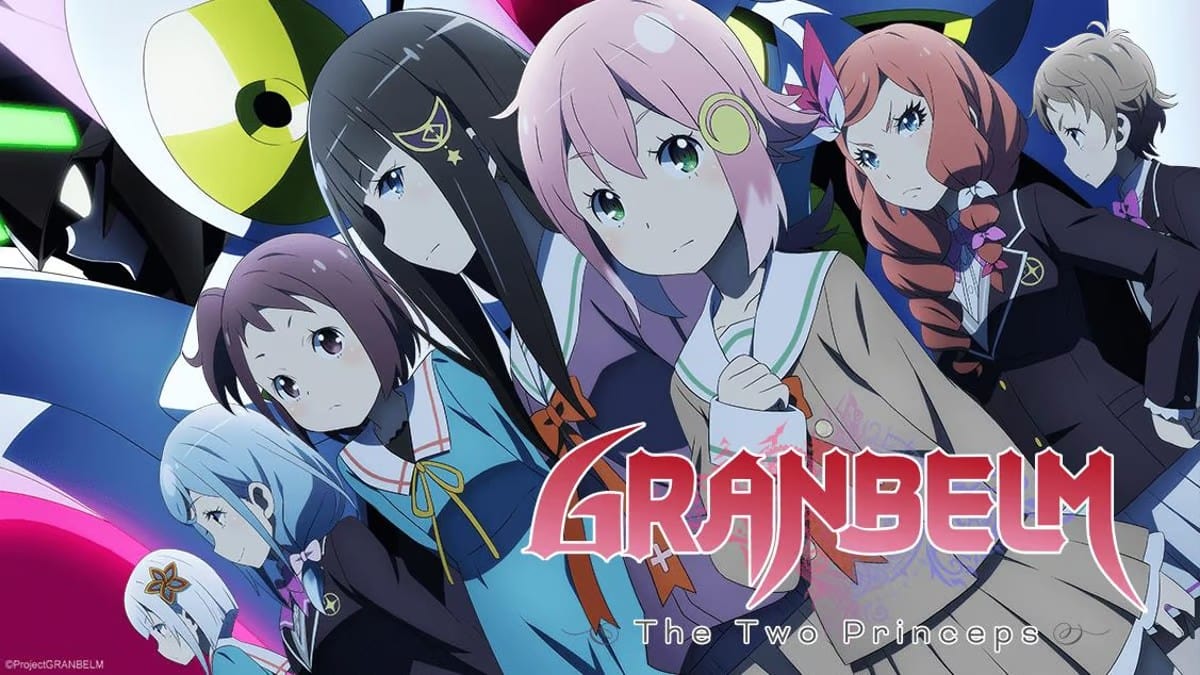
What happens if we mix Mahou Shoujo, Mecha and Battle Royale into one? We get Granbelm – an emotional story about the lives of young girls entangled in an ancient war.
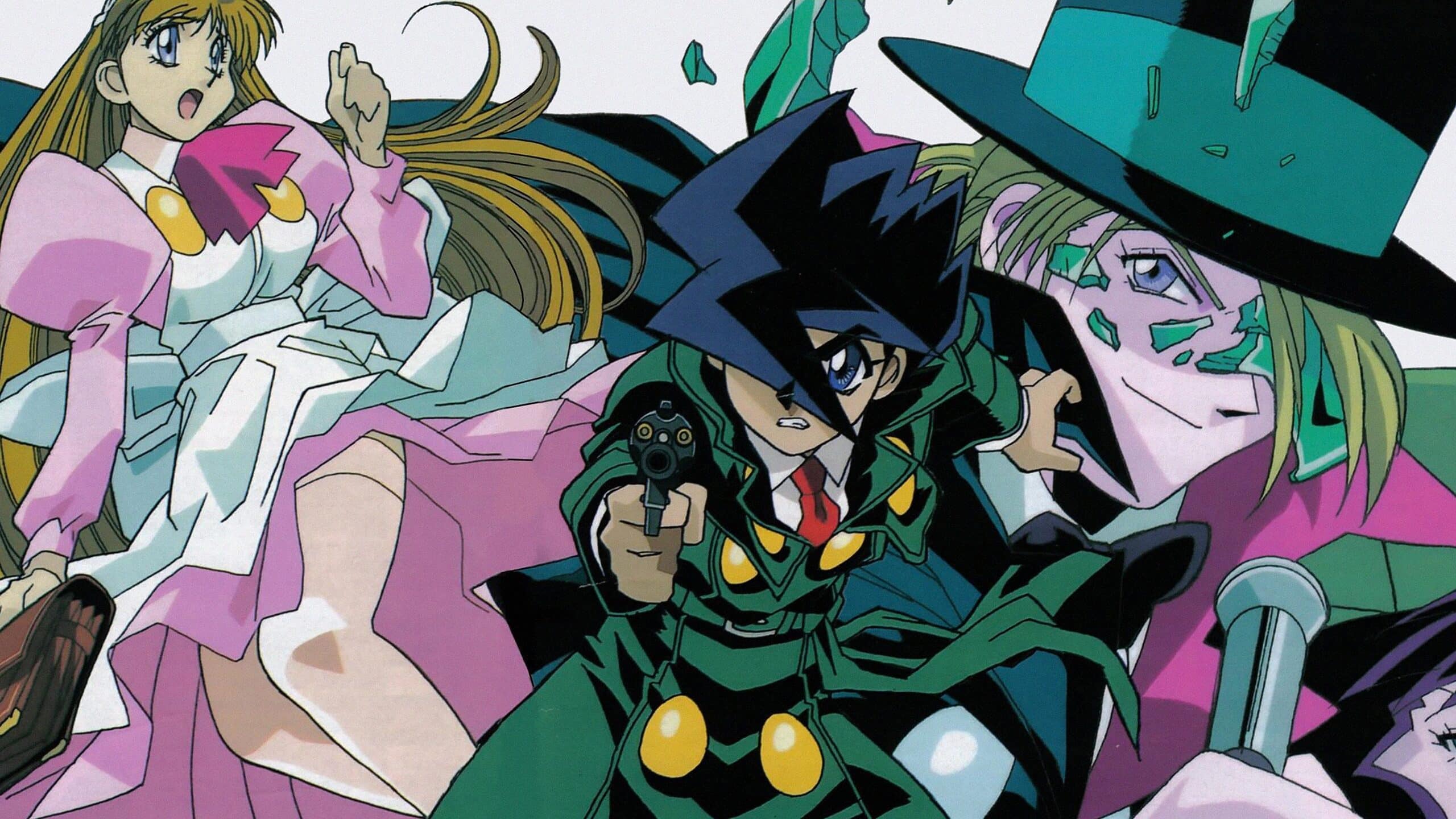
In the city of smoke and steam, a young kid works as a detective alongside his nurse and butler to protect the peace. An old classic for fans of the steampunk style.
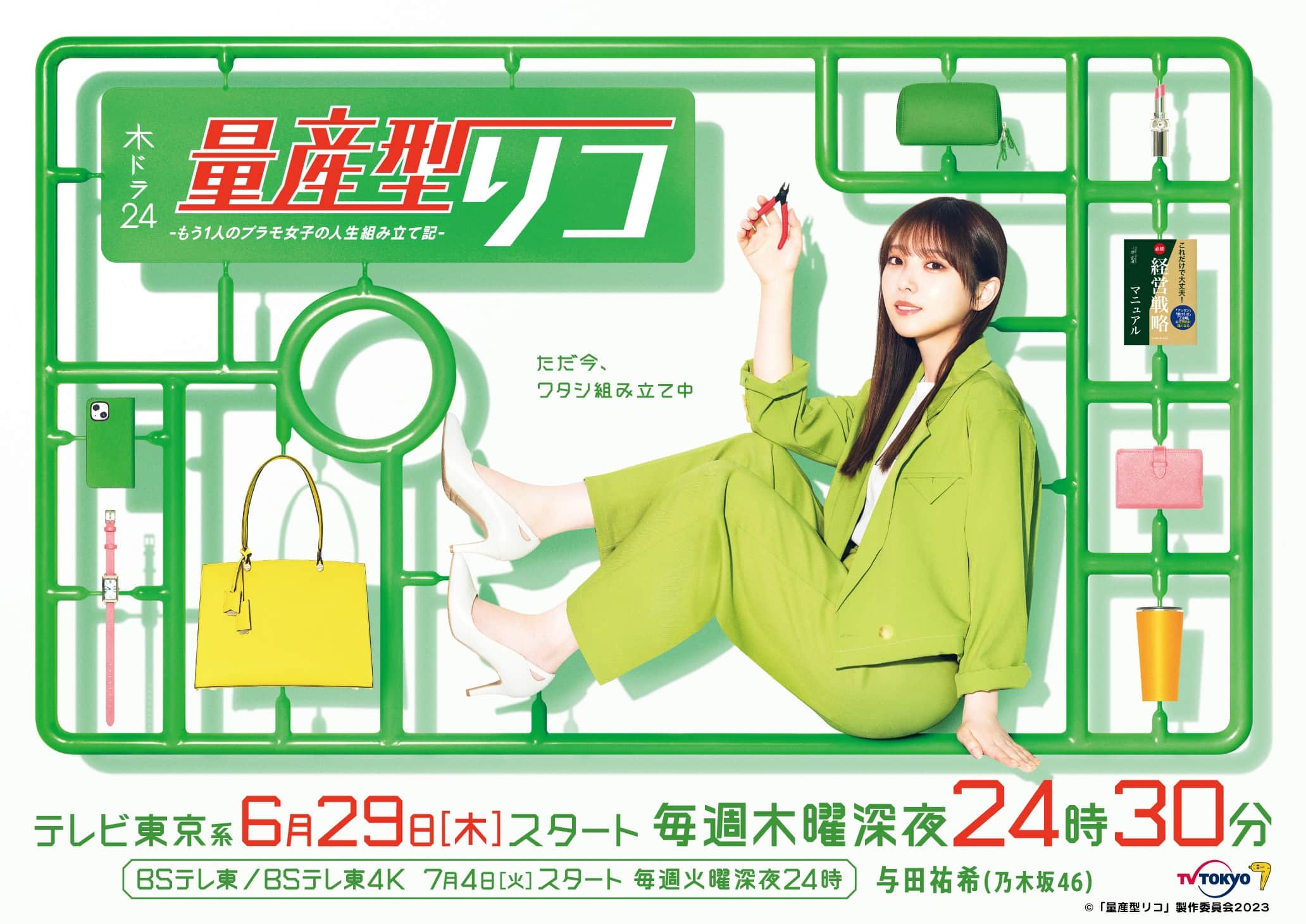
The 2nd season of the lovely Mass-Produced Riko series. Join Riko and co as they embark on an all new venture, while drawing interesting lesson from building plastic models.

The long-awaited continuation of the mecha isekai of pain. Season 2 of Muv-Luv Alternative is definitely trying to woo you by slamming intense scenes at you – but is it worth it?

One of the most difficult to adapt Mecha series, Muv-Luv Alternative anime started off with a questionable season, but you should still check it out.

A remake of another Tatsunoko hero. The Space Knight returns with a completely new story, design and brings us on an emotional journey of a tragic hero.

An OVA that took place between the movie and Exodus, Behind The Line shows us how the characters mature throughout the season, with a hint of retrospective nostalgia.

The continuation of the hot-blooded saga, this time filled with emotional drama and even more badass action. A great video game adaptation but not without flaws.
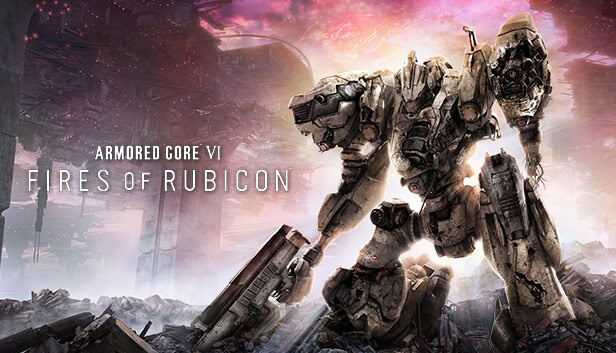
The long awaited legend’s return that satisfy all mecha fan’s longing for a good game. Armored Core 6: Fires of Rubicon is an experience you have to play to believe.
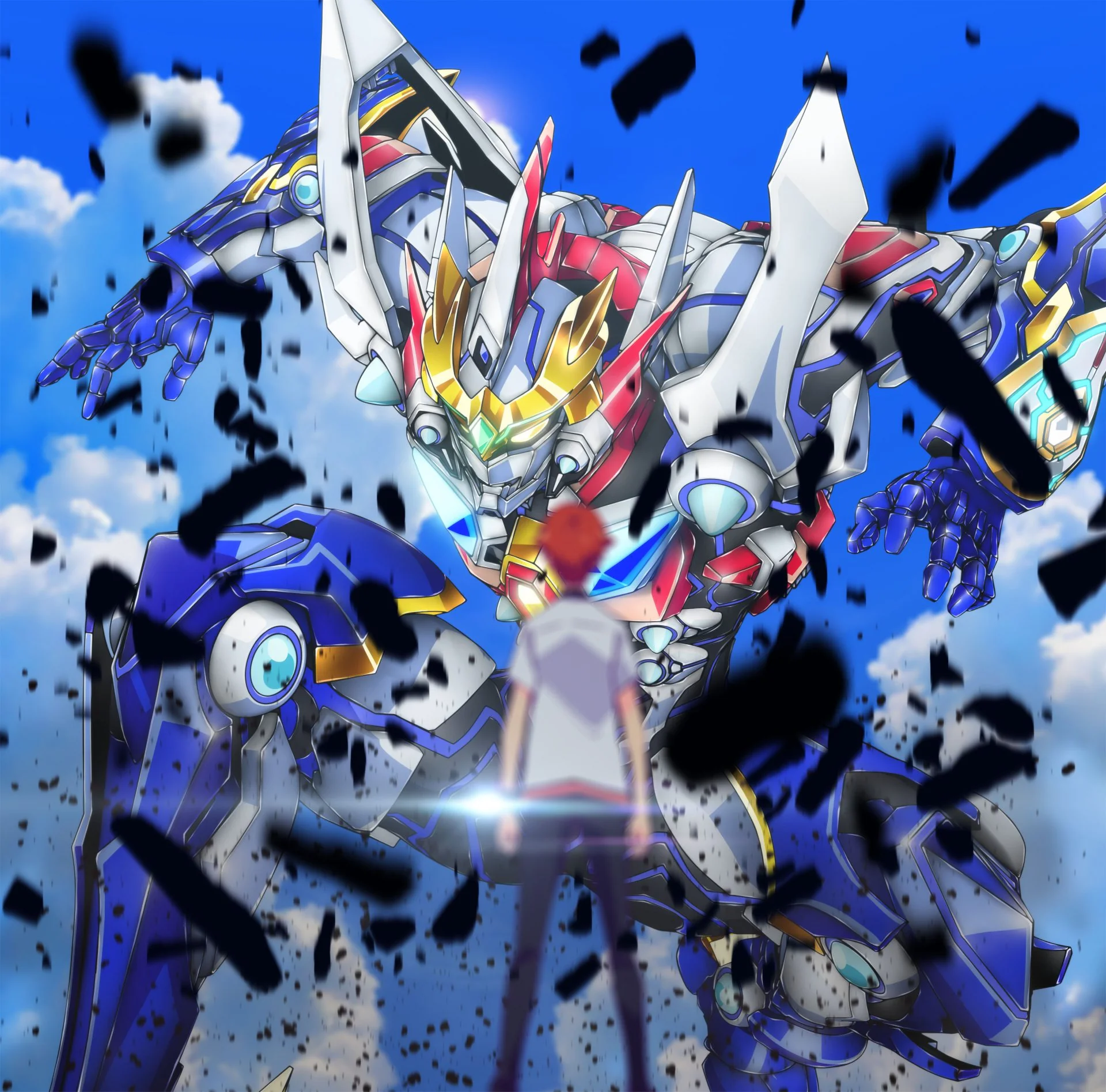
Universes collide as the cast of Gridman and Dynazenon is caught in a dimensional anomaly. But what’s more troubled is Yuuta – who has to become Gridman again with a troubled heart.
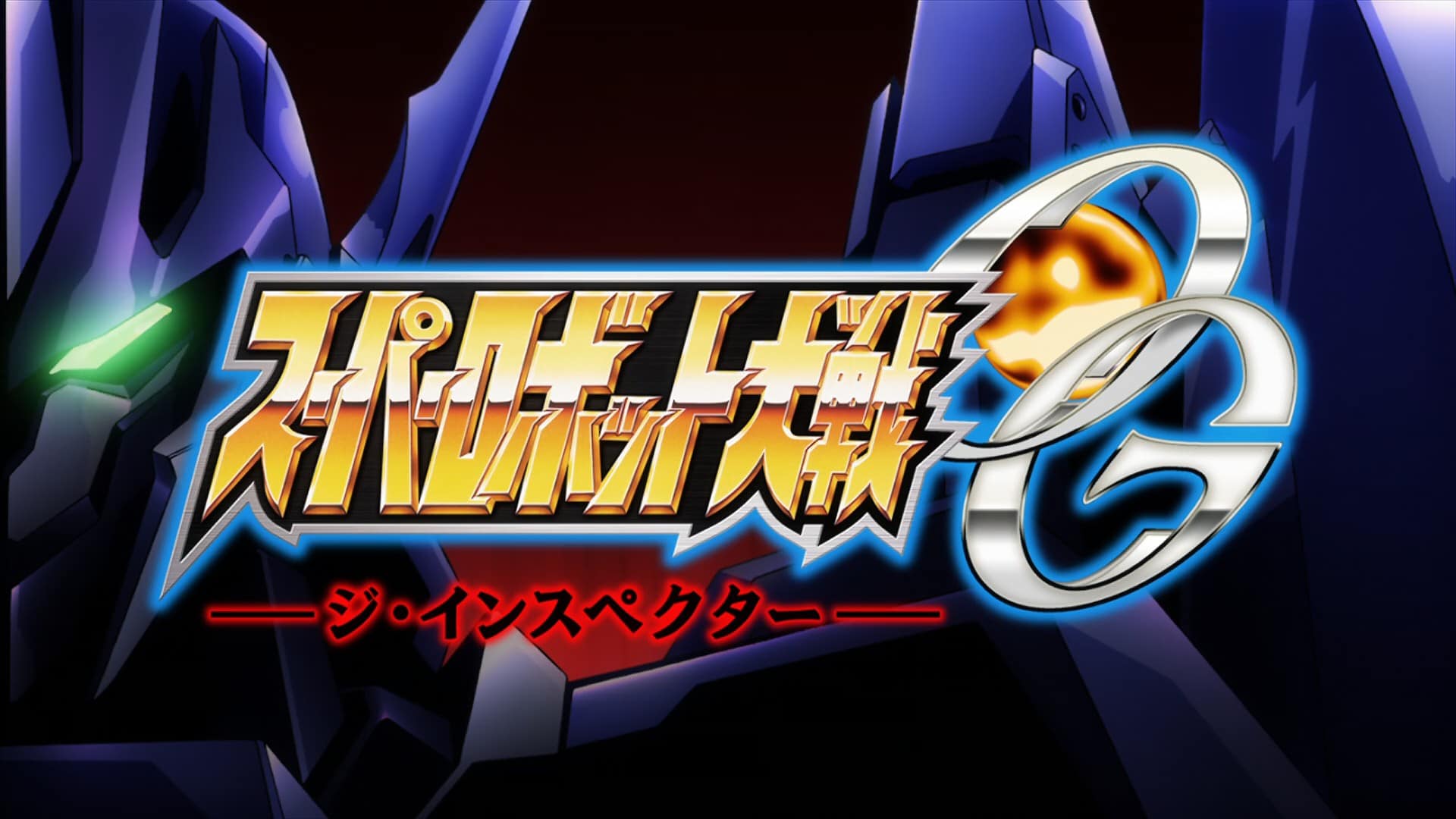
When you talk about the most badass mecha, you have to mention SRW OG and Masami Obari. And when these two combine, you get the best SRW anime of all time.
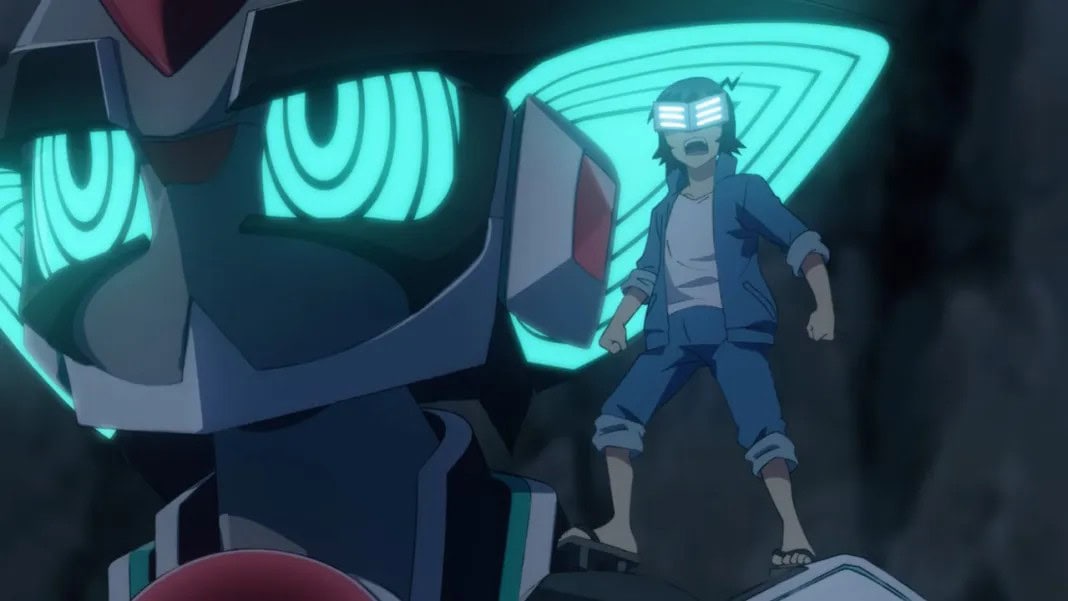
A unique series where the true pacifism versus justice. A bold premise and interesting gimmick make Planet With a very selective series in terms of audience – but it definitely deserves a chance.
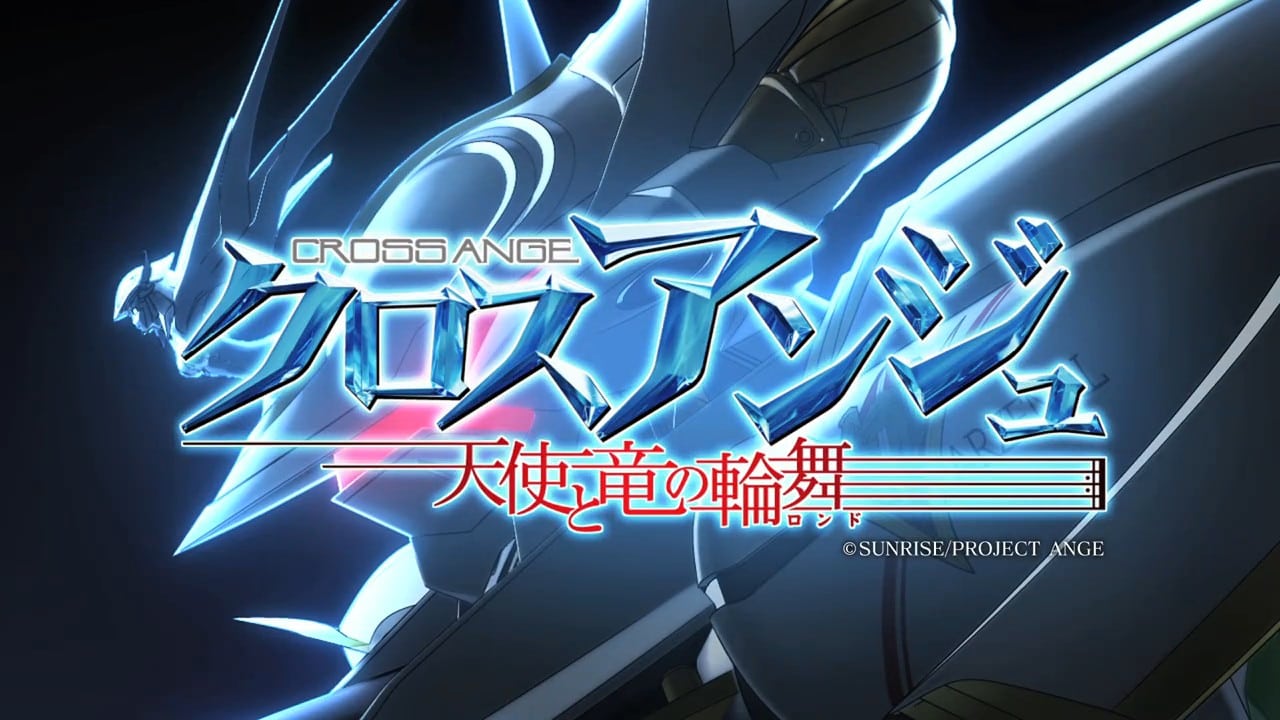
From the studio that created Buddy Complex and Valvrave, Cross Ange is another Sunrise’s original that challenges the limit of its audience once more .
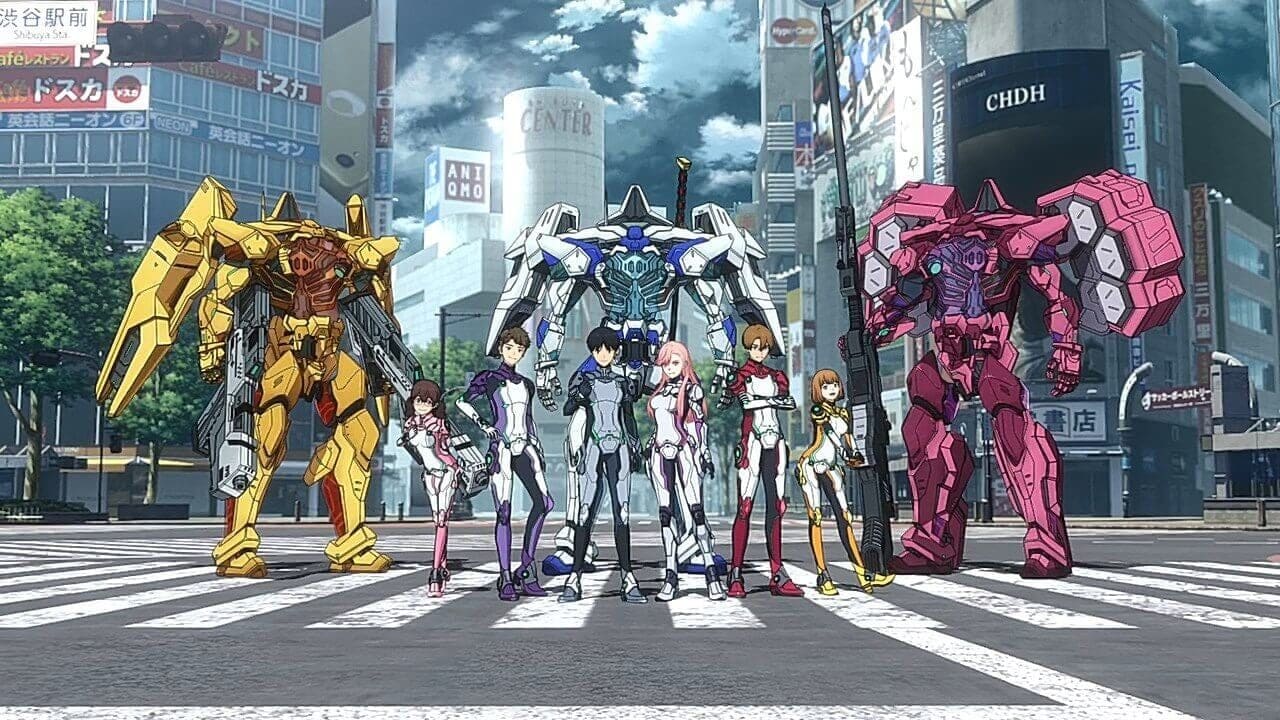
What will you do if you’re teleported to a time with giant grotesque monsters? For teenage student Daisuke Doujima, it’s a perfect chance for him to become a hero, and a saviour. But can he?
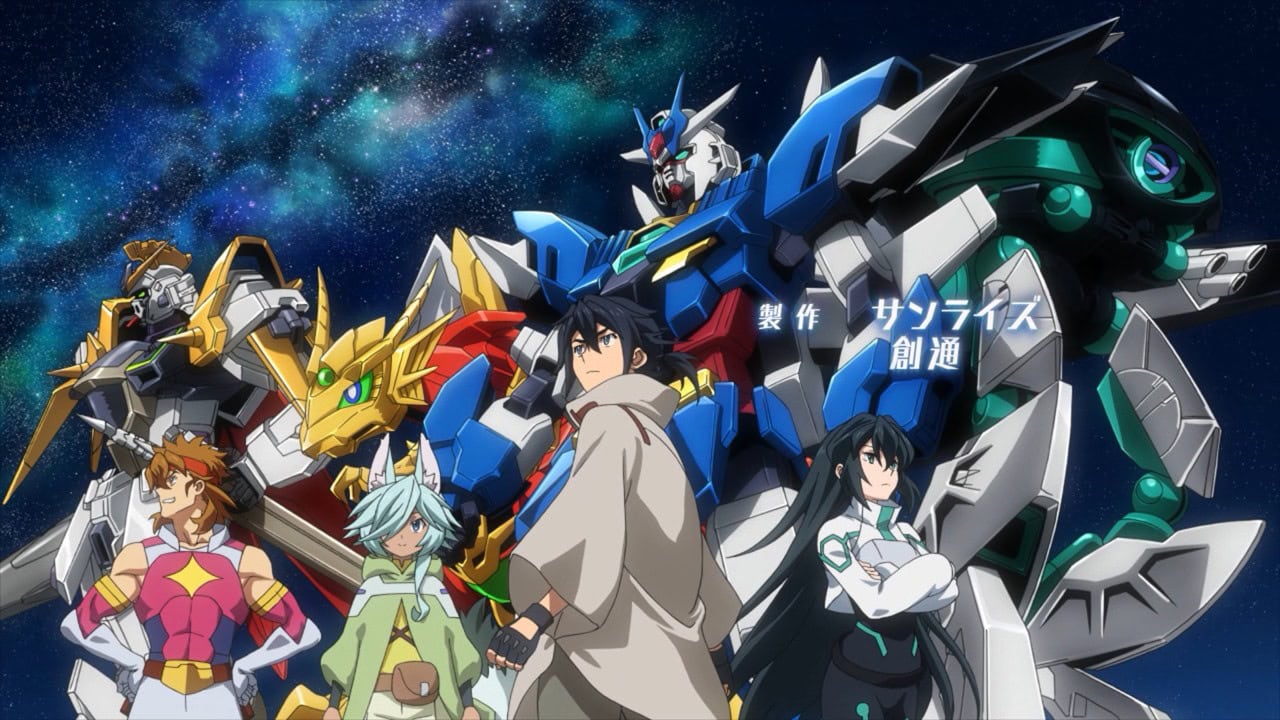
After 2 lukewarm series, Gundam Build rose to form again with Re:Rise. A story with deep characterization for a diverse and likeable cast and awesome Obari action.

Time to go digital! Build series is going full SAO and virtual with Build Divers – a light-hearted series and fun to enjoy without the need to complicate things.

The Super Graviton God is back! And this time the threat just got more vile. But Gravion also receive an upgrade…in true Obari fashion. Let’s see how the sequel holds up!

Following GBF, Sunrise wanted to capture the magic with TRY. However, they fell just short of greatness but still create a series with amazing Gunpla battles.
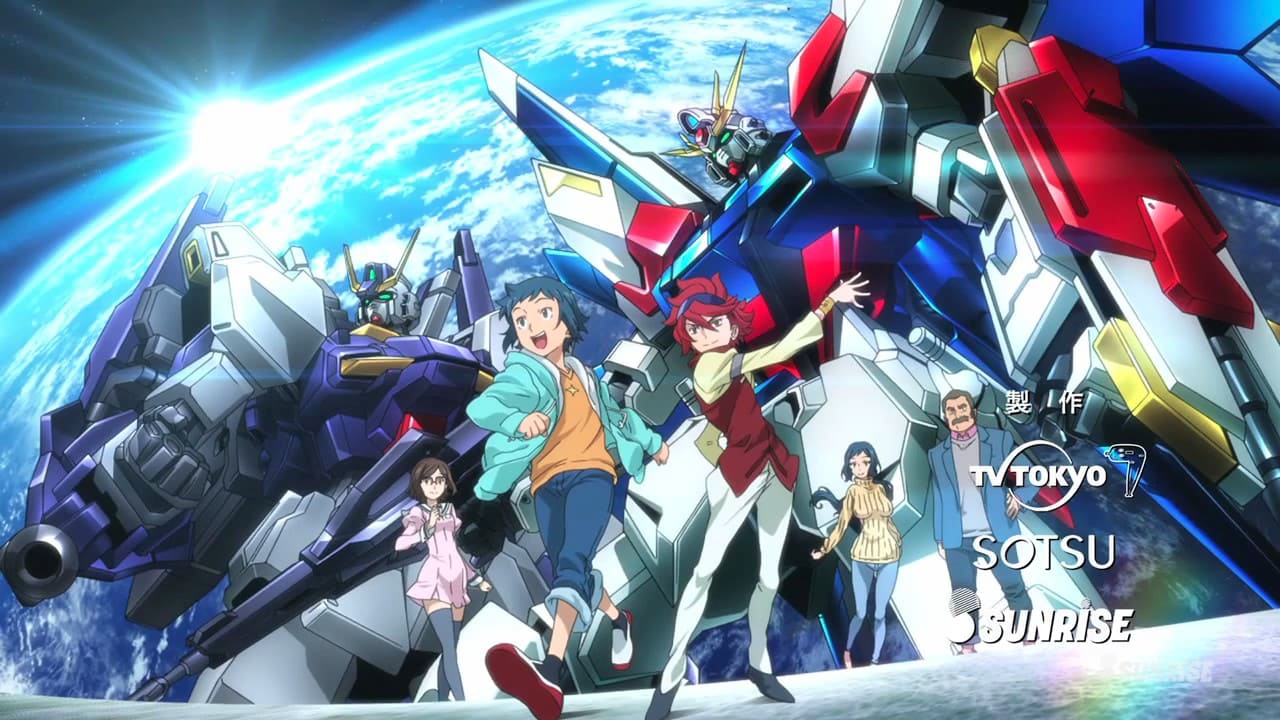
A hobby turned combat sport. Sunrise’s effort to attract new fans turned into a compelling series with gorgeous battles featuring iconic MS from the franchise.

The first animated Build series, Beginning G opened up new venues and excitement for the hobby, with light-hearted yet intense traditional MS battle.
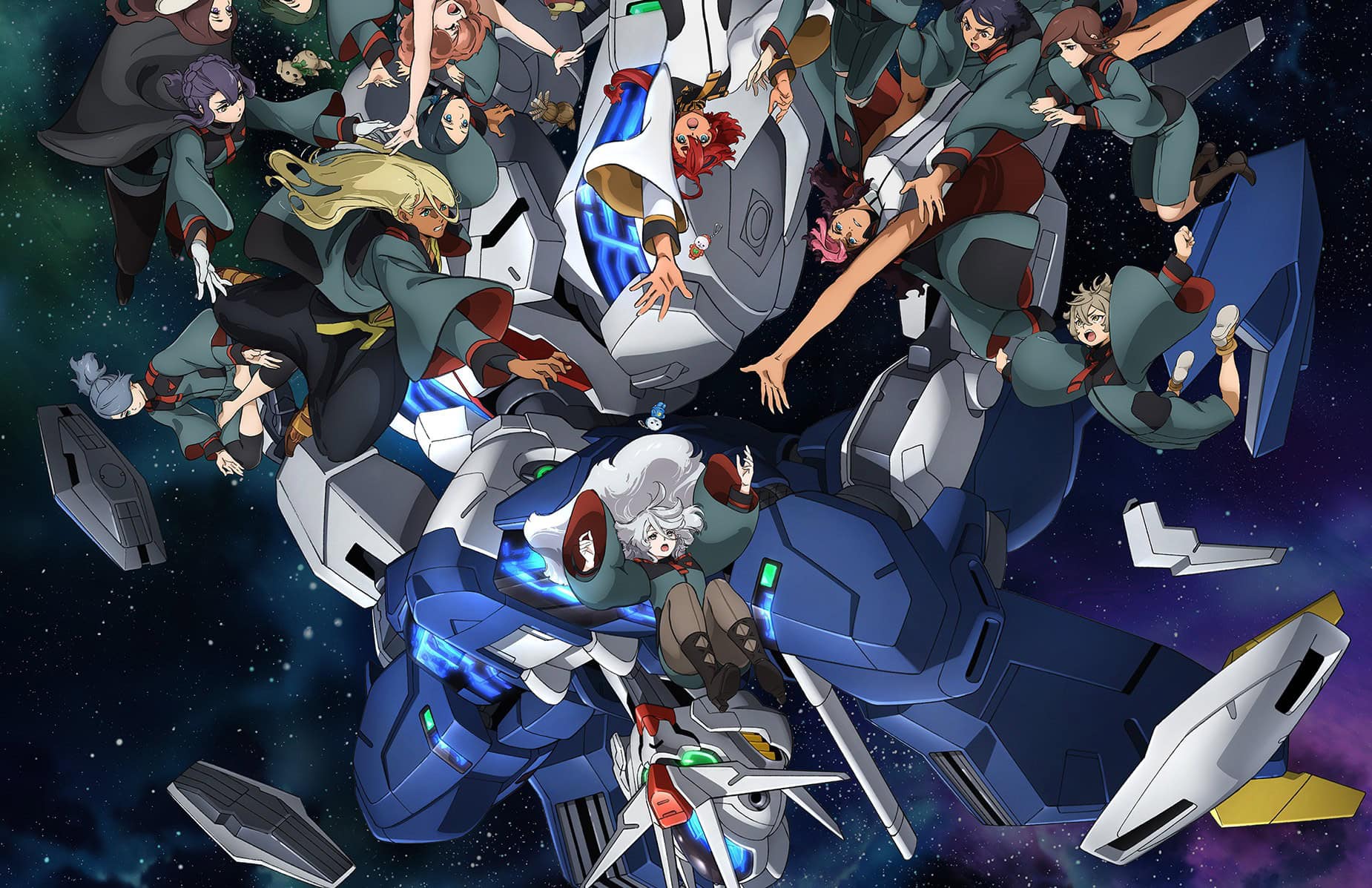
The shortest tv series Gundam ever, but was one of the most popular. G-Witch put Gundam back on the mainstream map, but do fans love it like non-fans do? The answer is quite divisive!

A heavy-weight in Masami Obari’s repertoire. Choujuushin Gravion is average in production quality, yet it is imbued with the spirit of the most badass over-the-top director of all time.

Do you want a Gundam series with a brighter tone but still has banger battles? Then Metal Armor Dragonar is a perfect series for you!

A Super Robot versus Alien mecha series, but this time it’s also infused with the intricacies of human’s most sacred bond: Marriage. Godannar put that relationship to the test!

A series about building regular model kit, and using them to find inspiration in life. A very uplifting and chill series for mecha fans to change their perspective on their hobby.

The sequel to SEED – a series that brought Gundam on top of the radar. Destiny is a sequel that earned both the intense love and hate within the fandoms.

The 3rd Tokusatsu series by Director Anno Hideaki. Shin Kamen Rider revisits the core message of what it means to be a Rider and to fight for justice while putting a modern spin on it.

The most ambitious superhero crossover is here! Infini-T Force is where heroes from different universes come together to save a girl and protect the multiverse.

An anime adaptation of a sci-fi novel with the same name, Yakitori really stir up the scene with its unusual storytelling and animation style. However, the characters really hold the series up.

A Fafner novel written by Tow Ubutaka – the person who understand Fafner the most. Explore Kazuki’s POV and his relationship in a way you’ve never seen before.
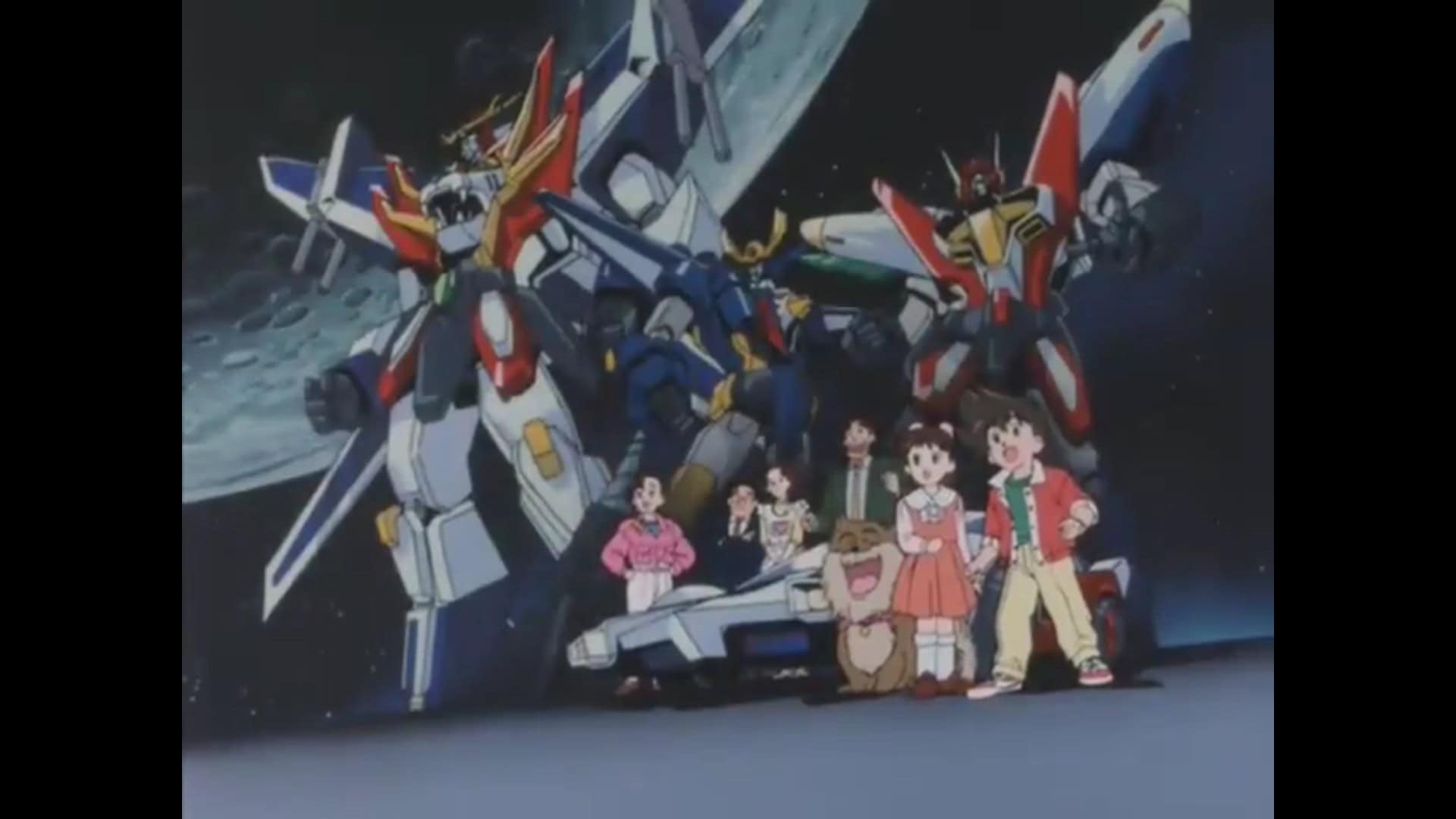
After the Transformers wave subsided, Takara made a bold move by partnering with Sunrise to produced one of the best Mecha franchise ever. Start the Brave journey with Exkaiser!
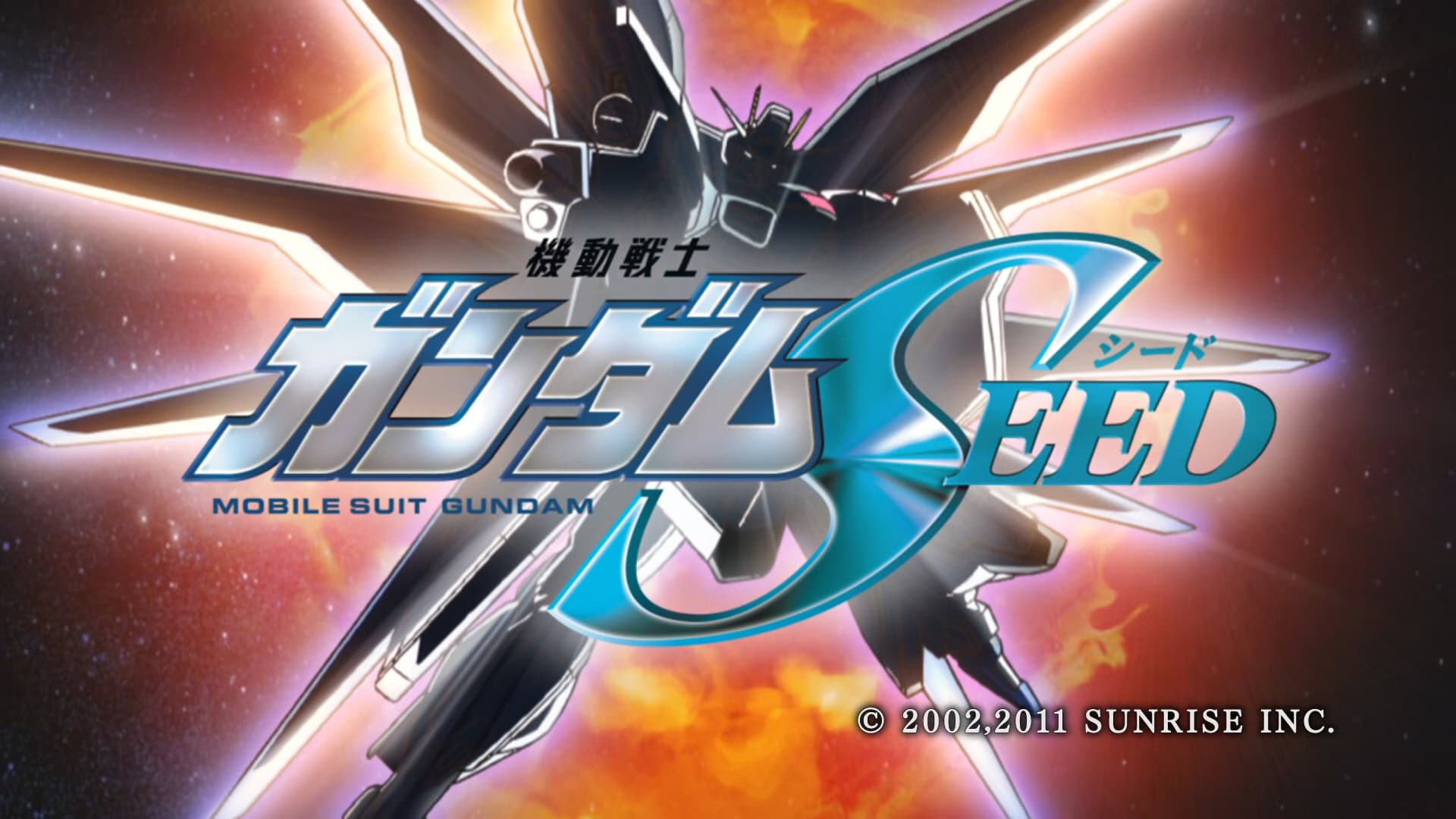
A new Gundam for a new era. Gundam Seed is one of the most popular modern Gundam series that has fans all around the world. And it also received much love from Sunrise as well.
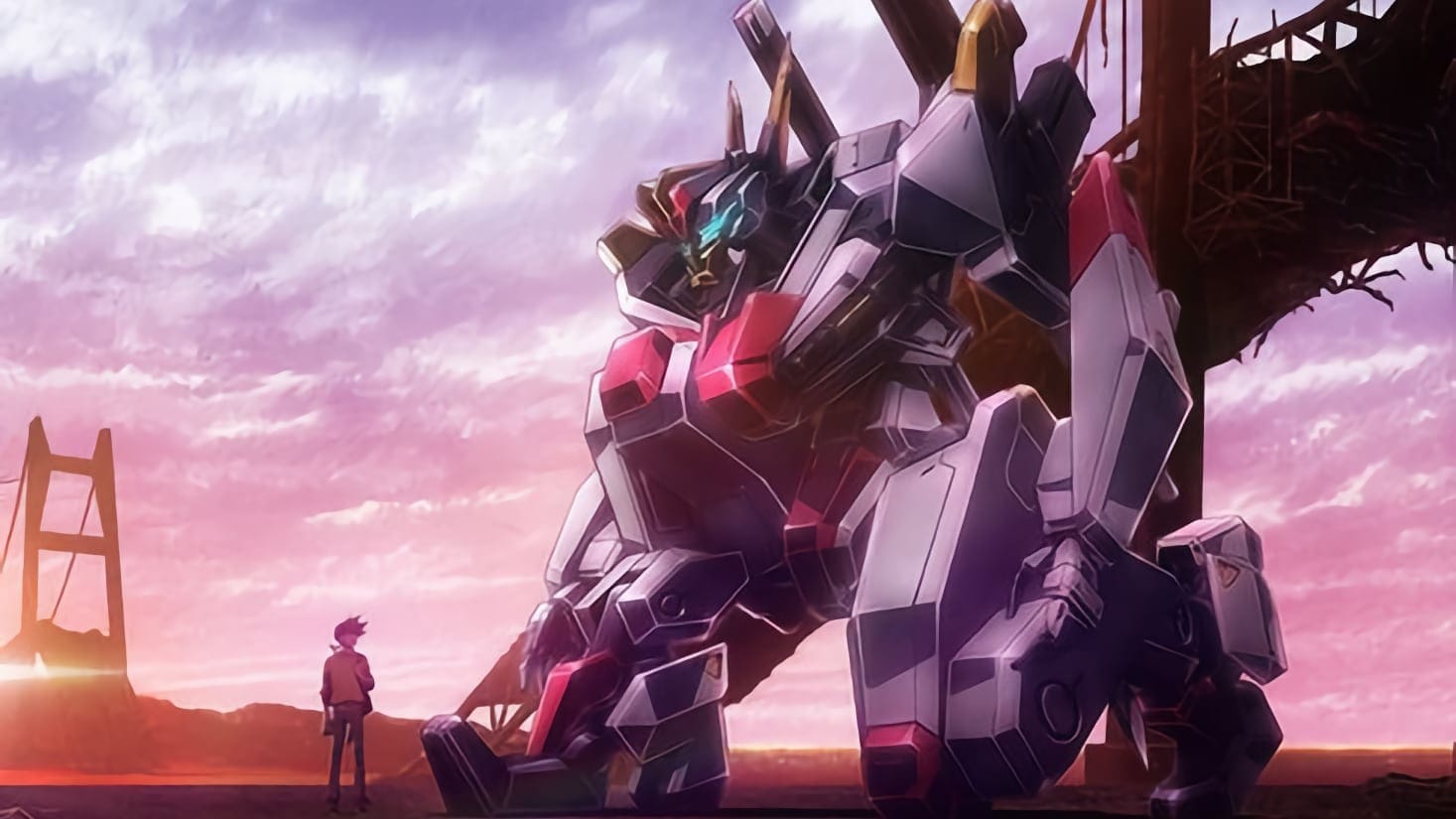
A Sunrise original mecha series after almost a decade. Kyoukai Senki was used as a toy ad and training grounds for the new animators at Sunrise.
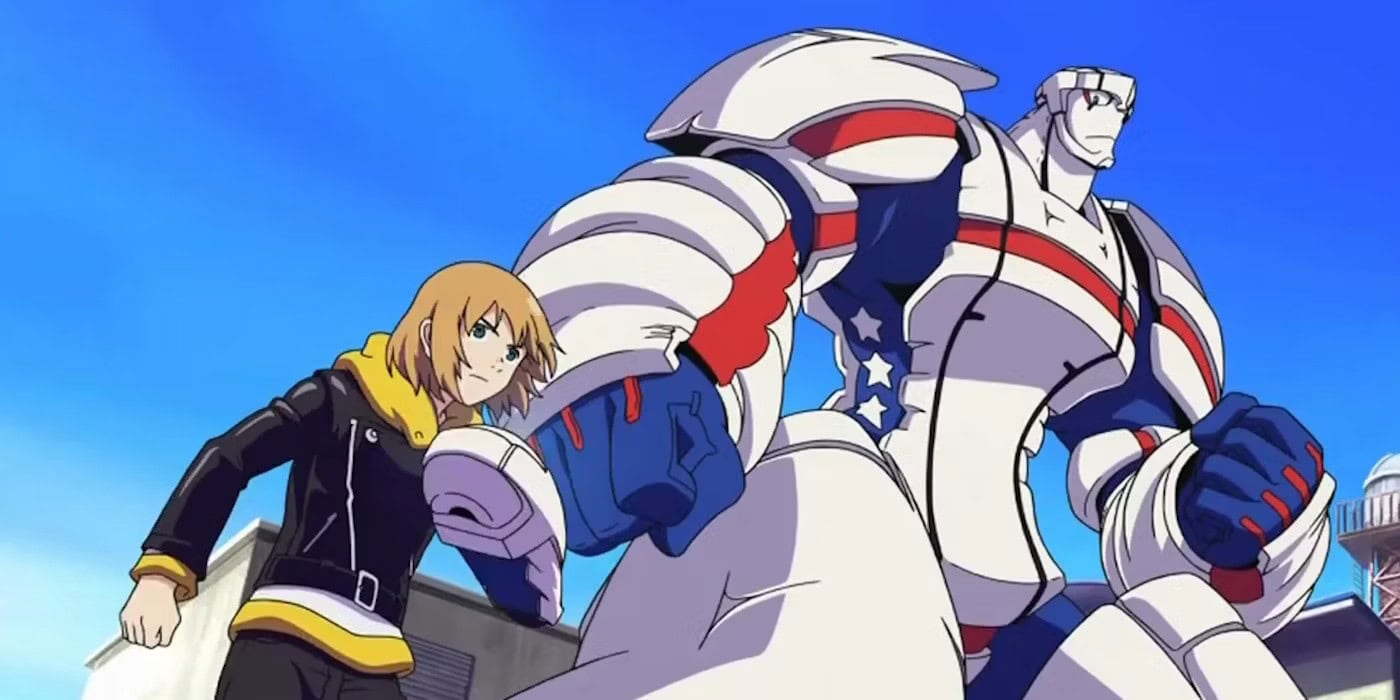
Heroman – the name that says it all. A Western x Japan superhero story about a boy who was granted great power and great responsibility. No he doesn’t shoot web, but he has a robot instead!
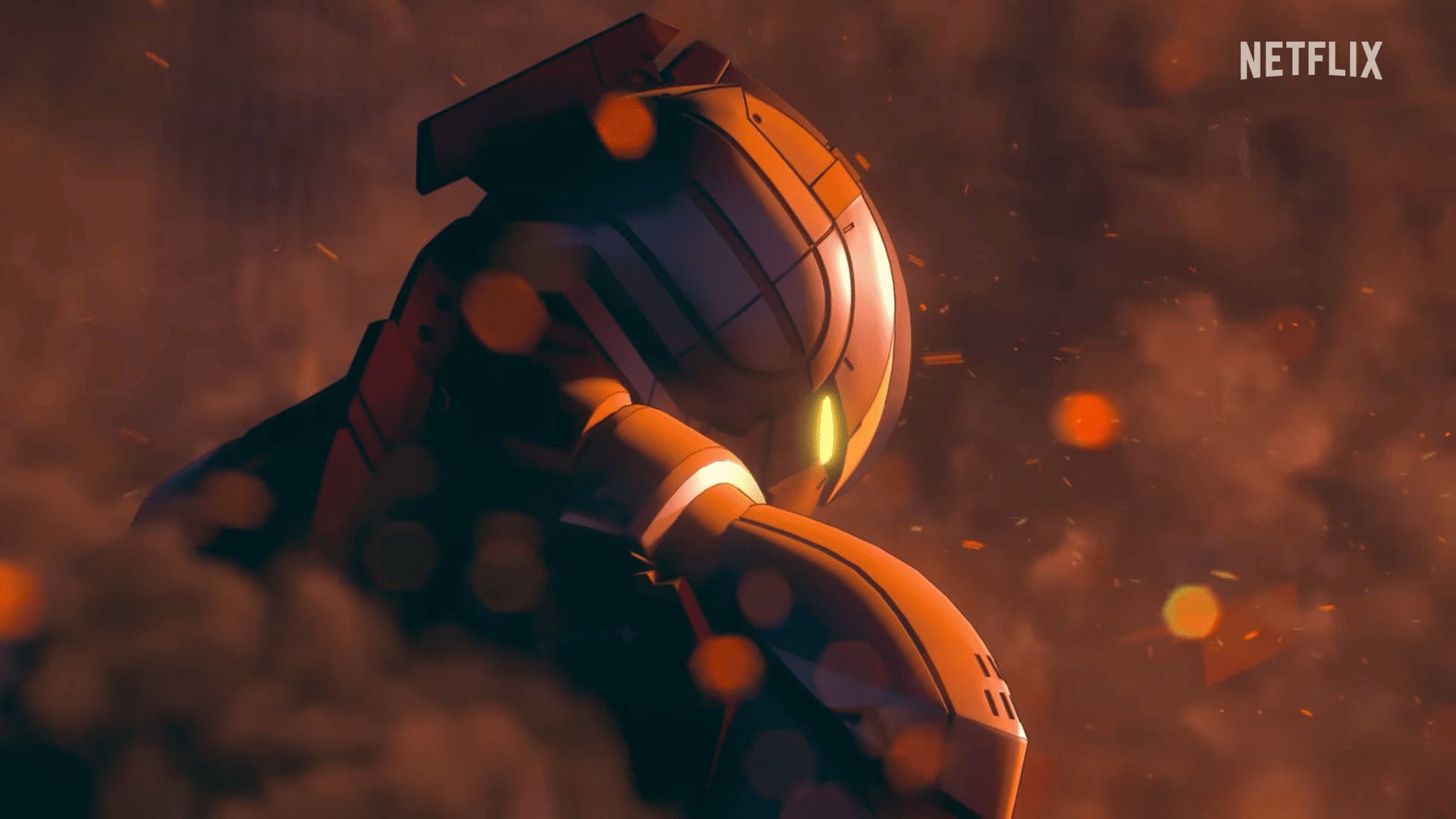
The final season of the ULTRAMAN Netflix adaptation. With the direction season 2 went, all hope seems lost in the series. But this season delivered the Light of the Giant to us once again.

A love letter to commemorate the pioneer of the Mecha genre, Mazinger Z Infinity remind us of the conviction and justice that the Iron Castle had, is, and will stand for.
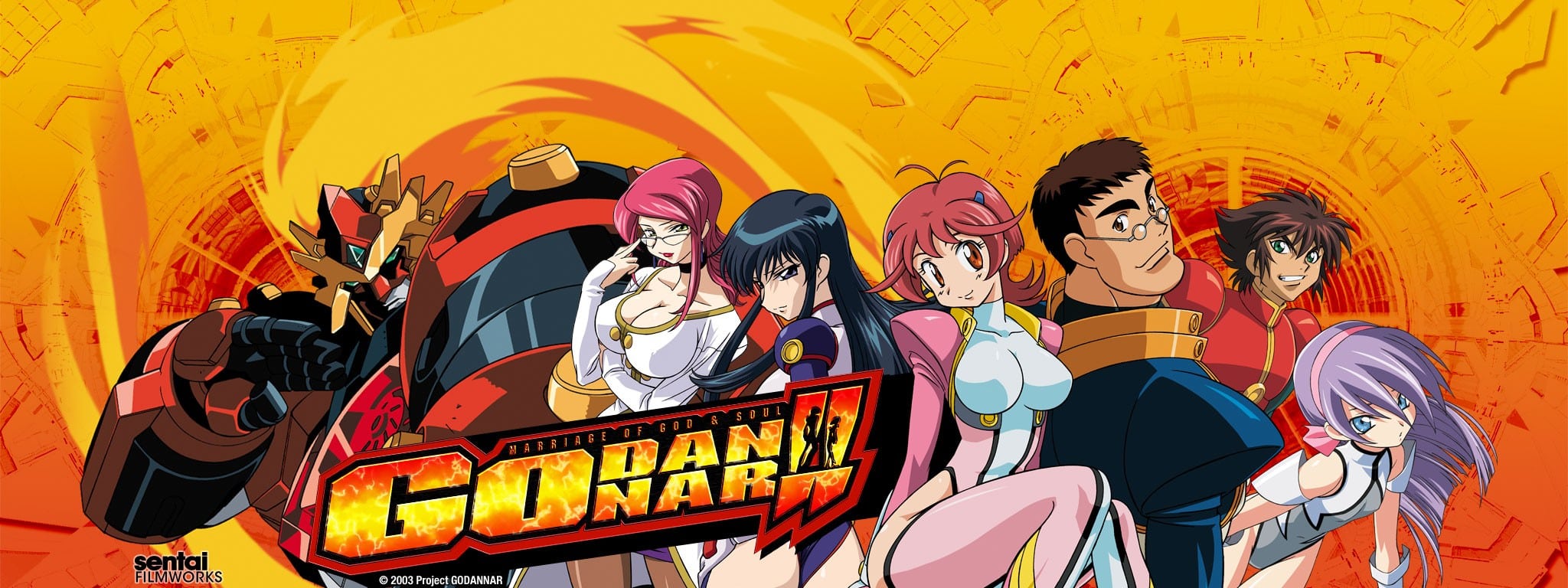
A badass and action-packed super robot series with an age-gap marriage between the two main characters. A hearth-throbbing and passionate tale about love and perseverance.

An anime from Studio Trigger that will literally blow your mind. Cyberpunk: Edgerunners is a phenomenon that will echo in the audience’s heart well beyond the future.

A new story of the boy who awoken a machine. Casshern Sins follow a conflicting young man in a world where life seems meaningless, yet everyone yearn for it anyway.

A passionate love letter to one of the oldest and most revered mecha franchise – Getter Robo Arc aimed to deliver a sought-after conclusion to the manga. But did it succeed?
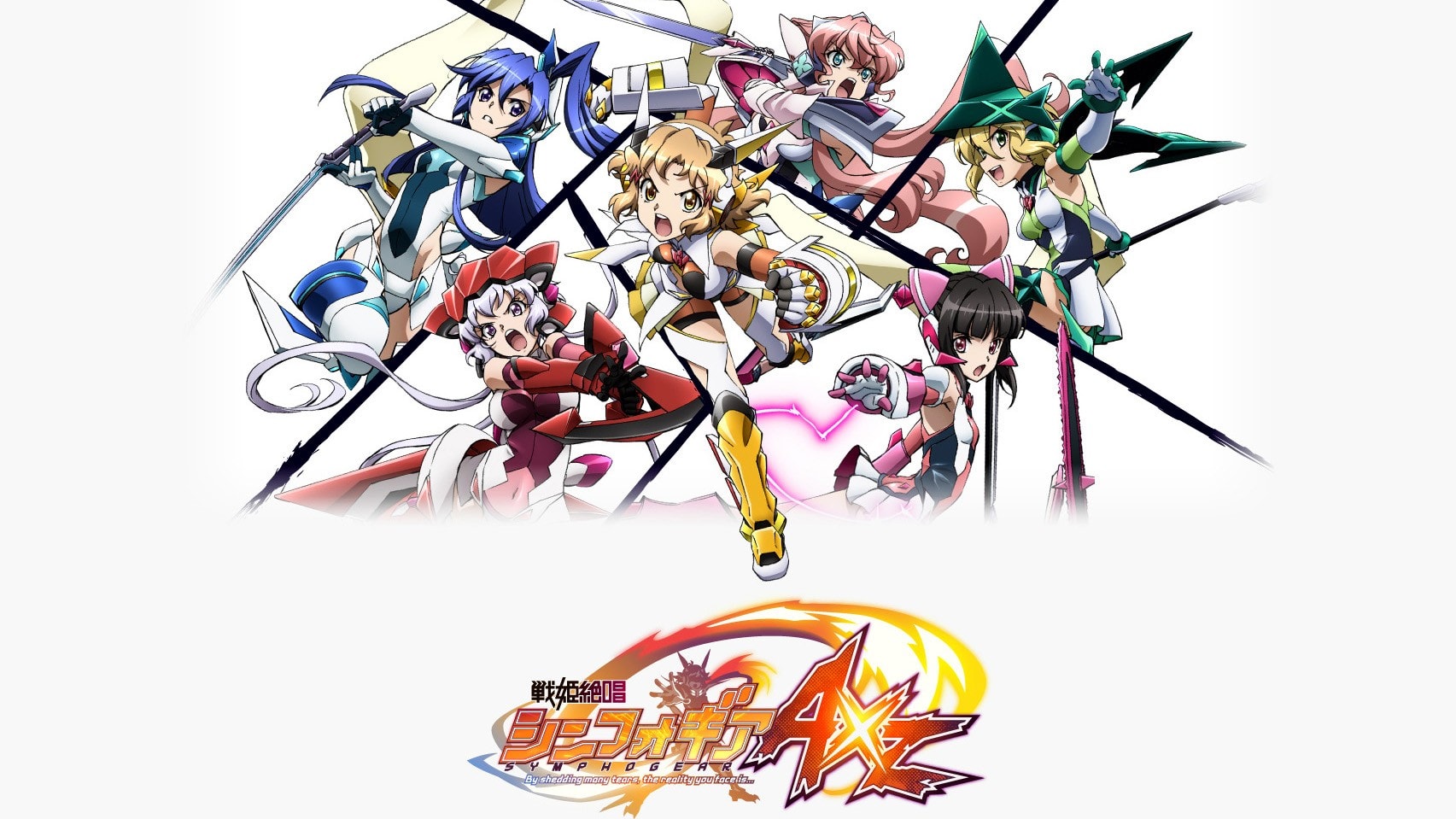
Just when things have calmed down, the Gear Users once again face an apocalyptic threat from a mysterious high order. This put Hibiki and her friends at risk once more.
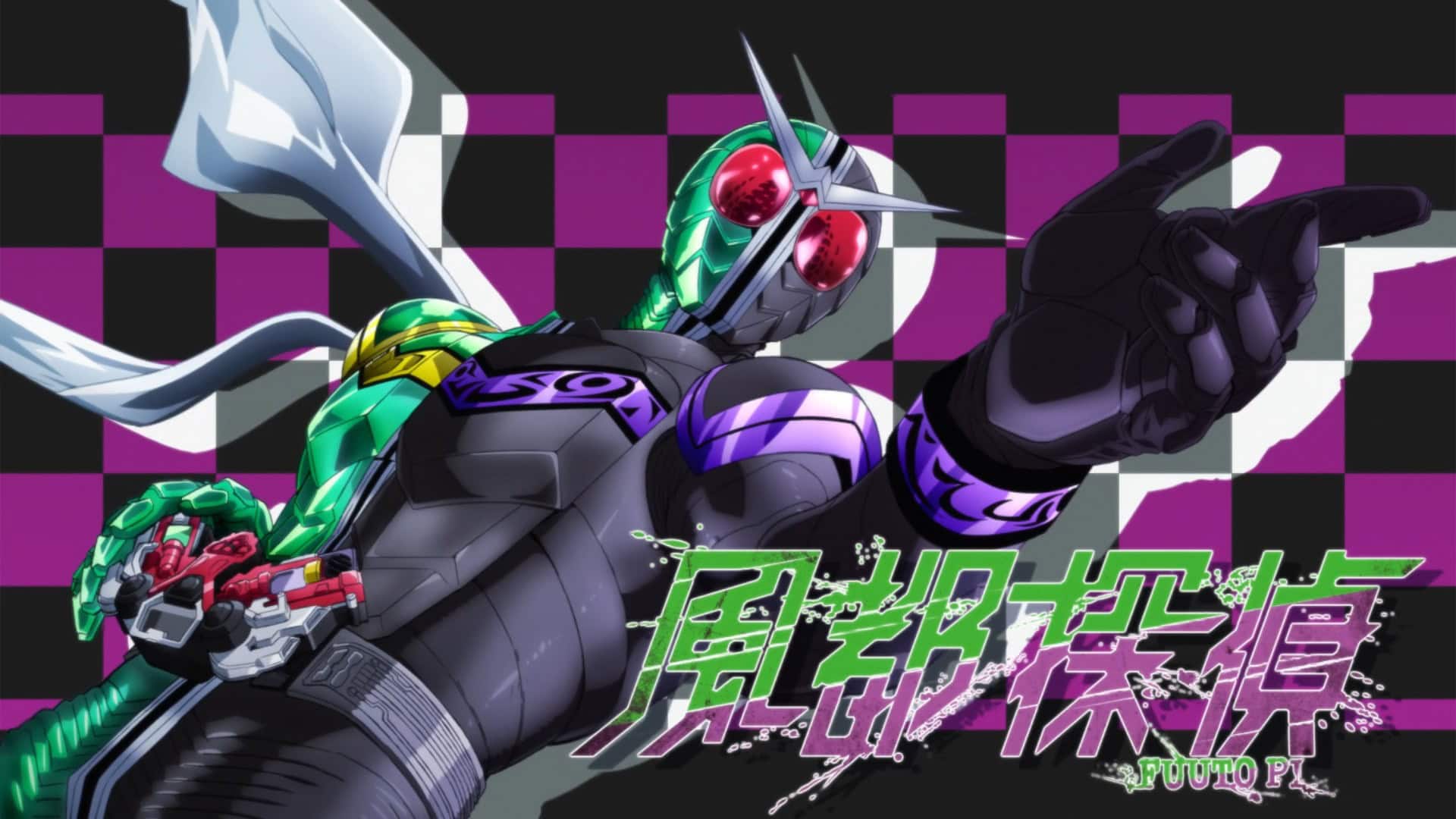
The detectives of the windy city Fuuto never rest. A new story unfold in front of our two-in-one hardboiled Kamen Rider W. But this time, it’s animated!

New threats emerged to threaten the world. But new allies also appear to bring the Gear’s songs to a new level. A new battle await the girls!

A tale of love and courage across space-time light years apart. A girl going through her teenage with all the hope, love, courage and grieve of a soldier.

Mahou Shoujo x Tokusatsu combined with plenty of mecha references, Symphogear bring us an audio and visual experience that is just the beginning. of a great franchise.

A blazing and explosive Super Robot series where the most ridiculous over-the-top combat happen with zero explanation whatsoever. And it’s an…all-girls anime?
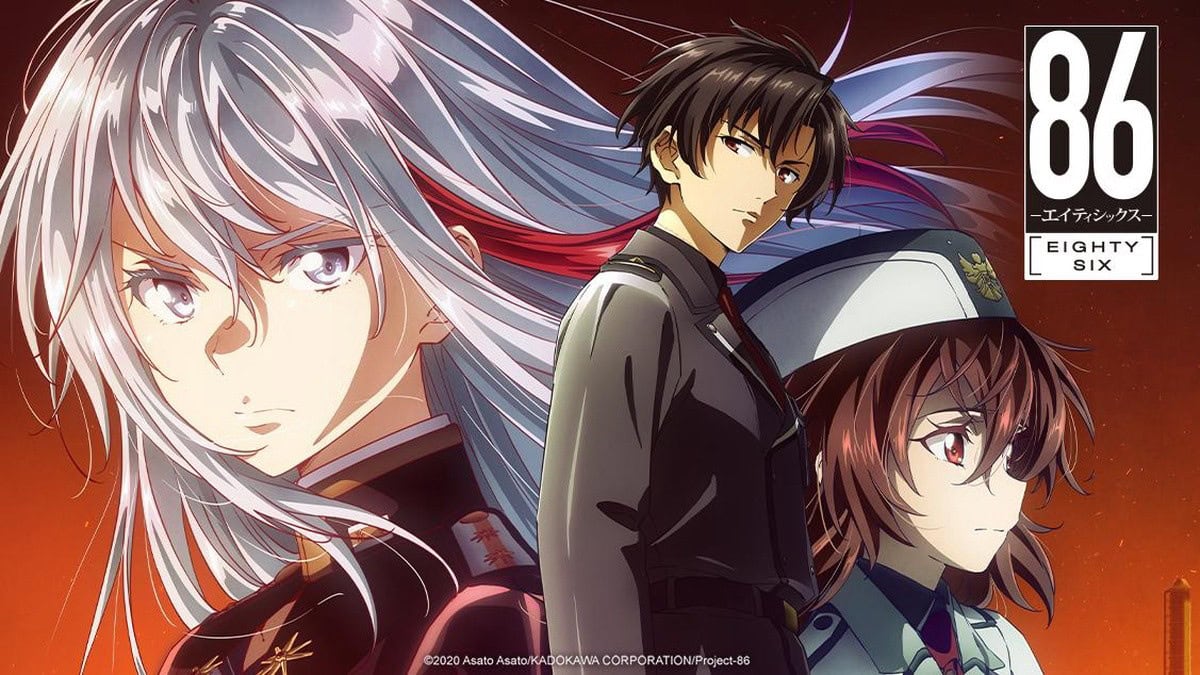
A new nation, a new story, a new battlefield. The reborn Eighty Six must choose between a life of peace or death. Will the Reaper be able to move on?

A double life of peace & war – young people being sent to the frontline where they could lose their lives, but they fight on so they can go home, to their false peace.
